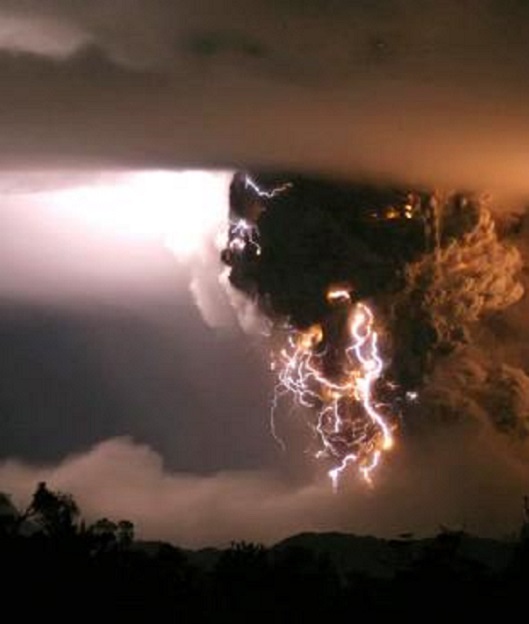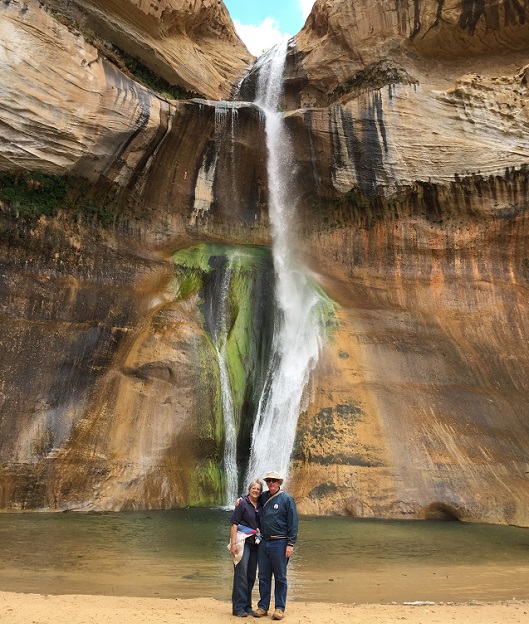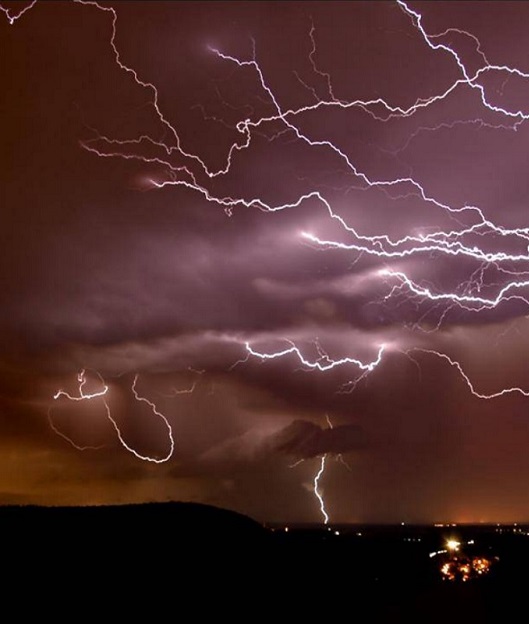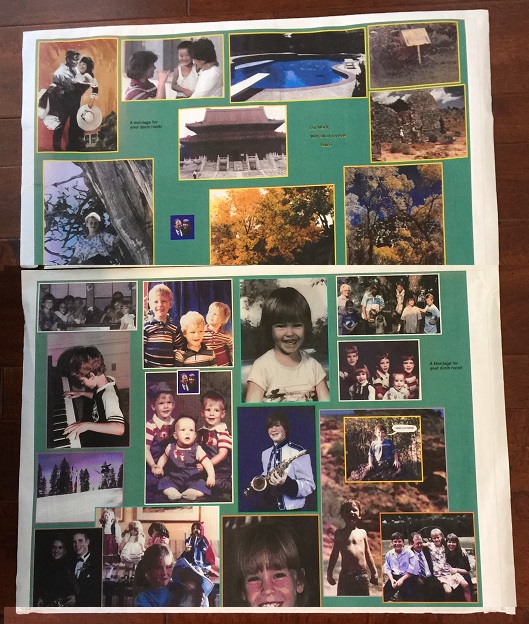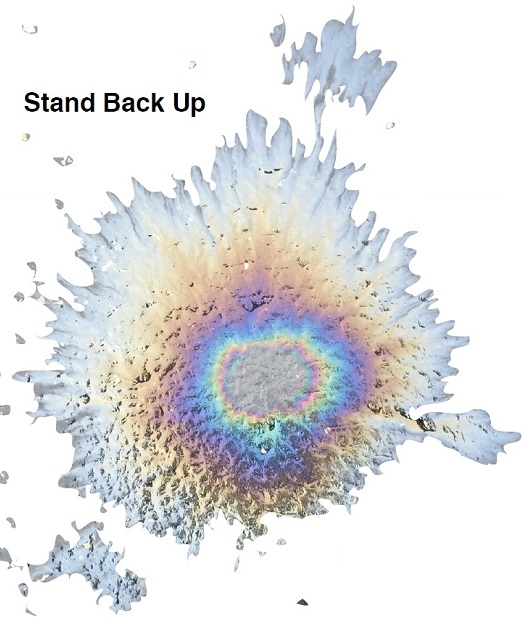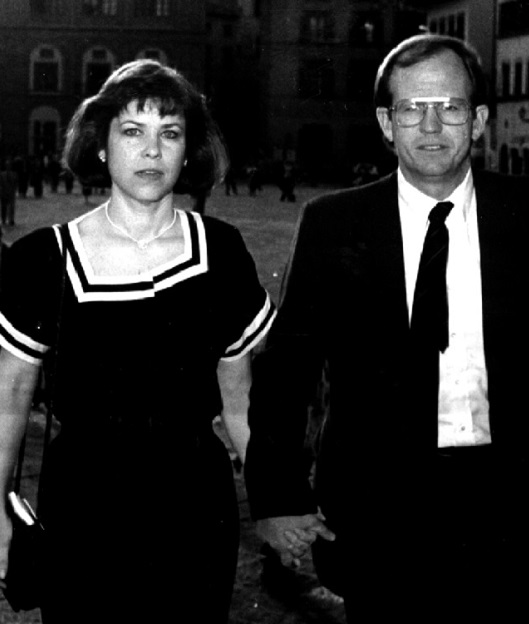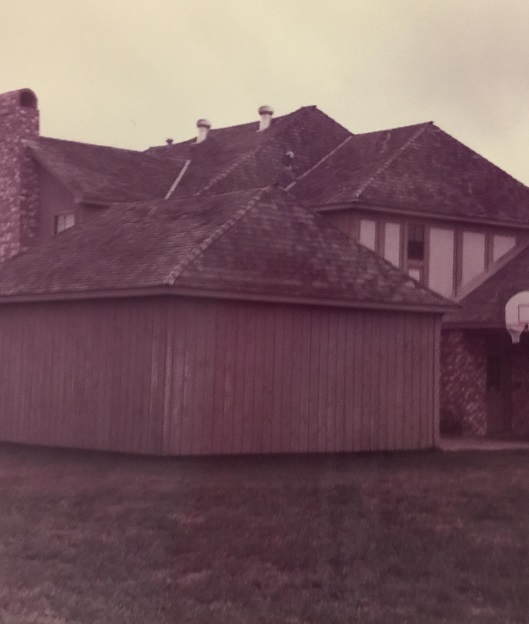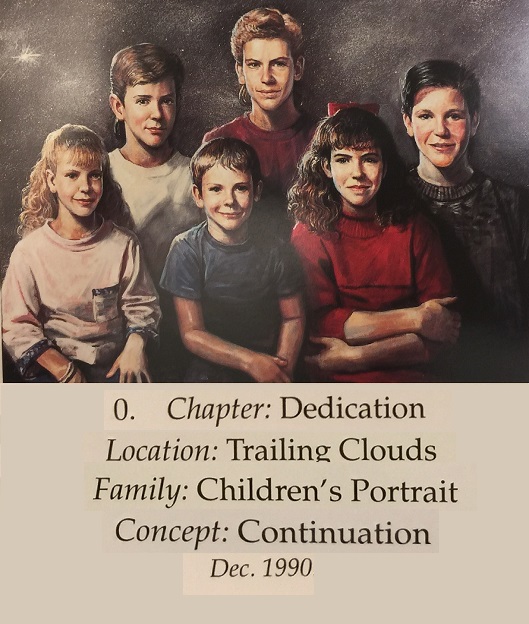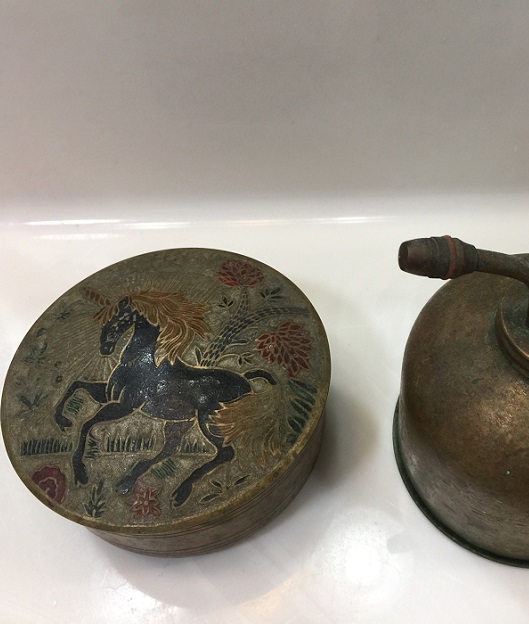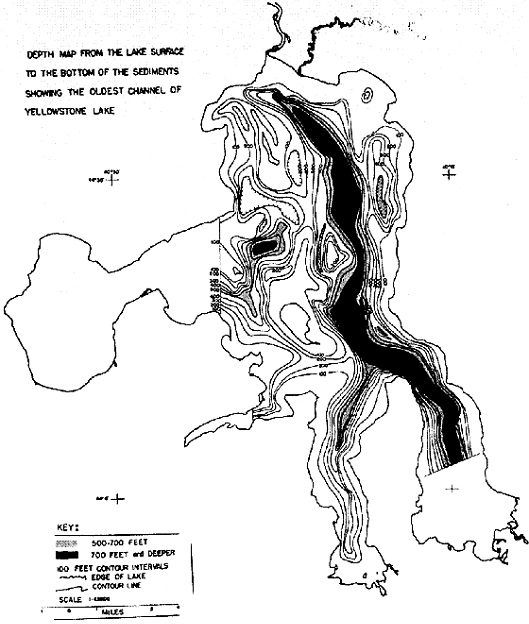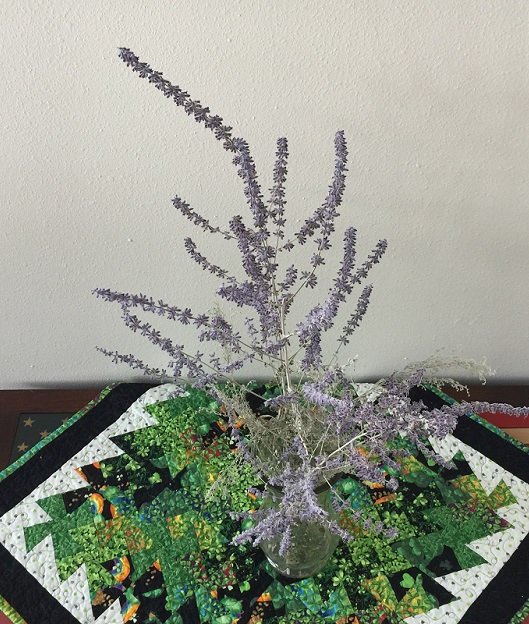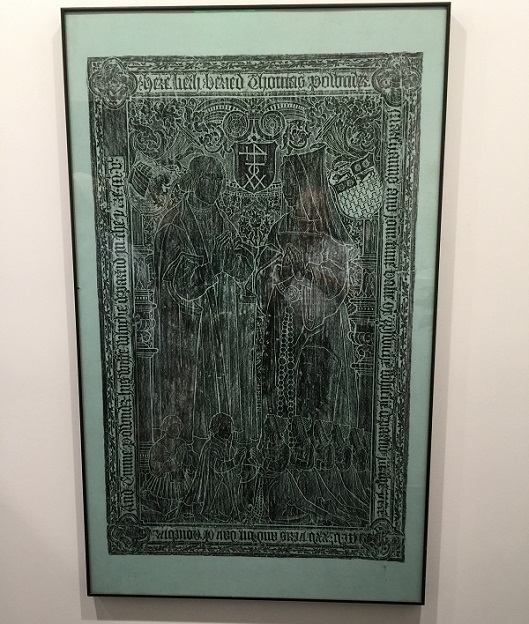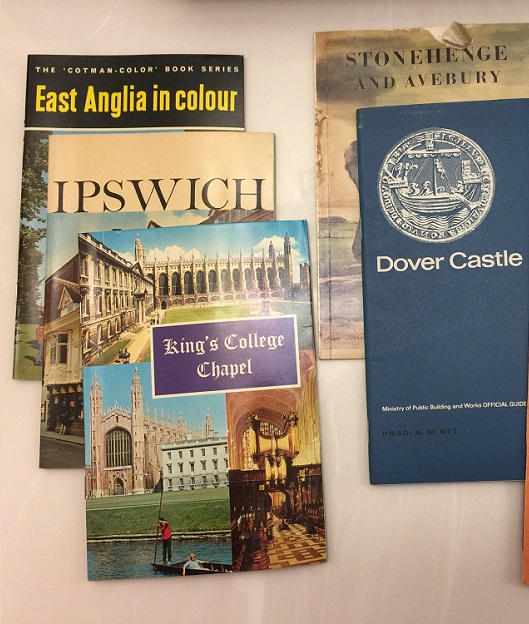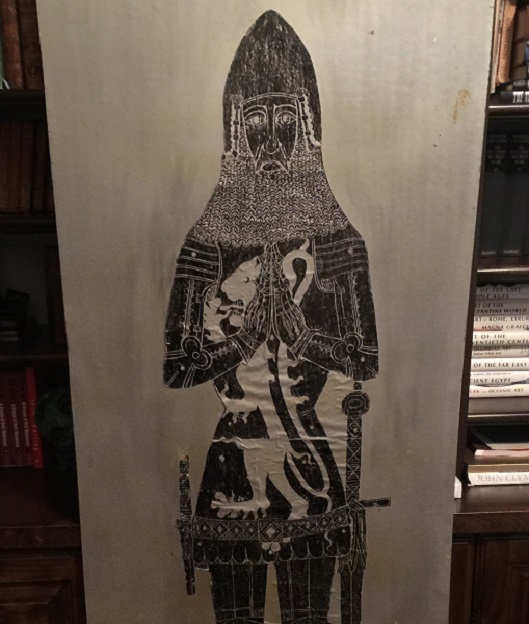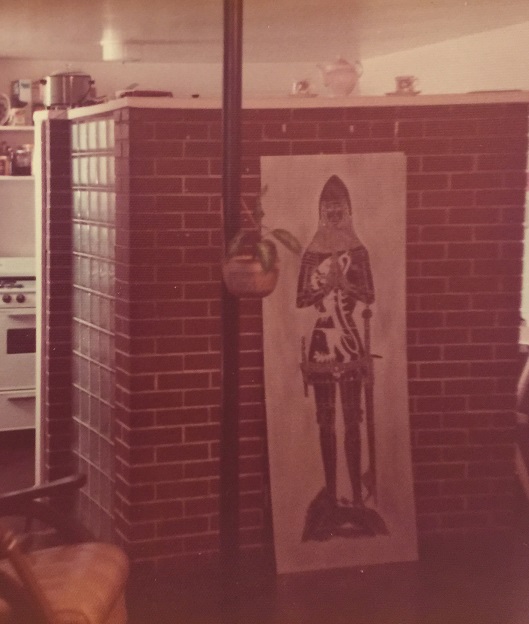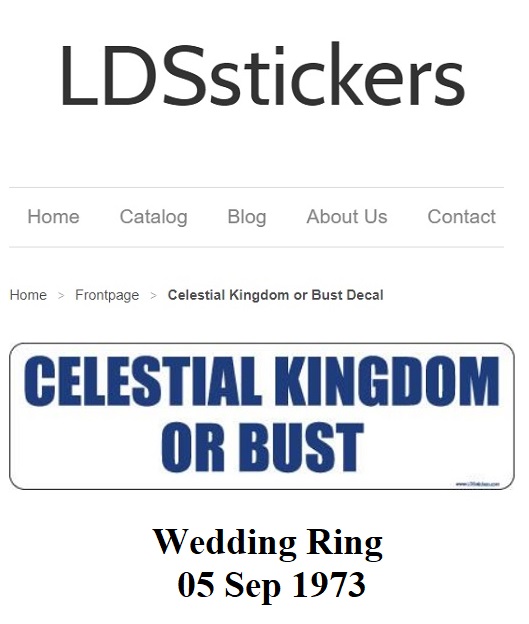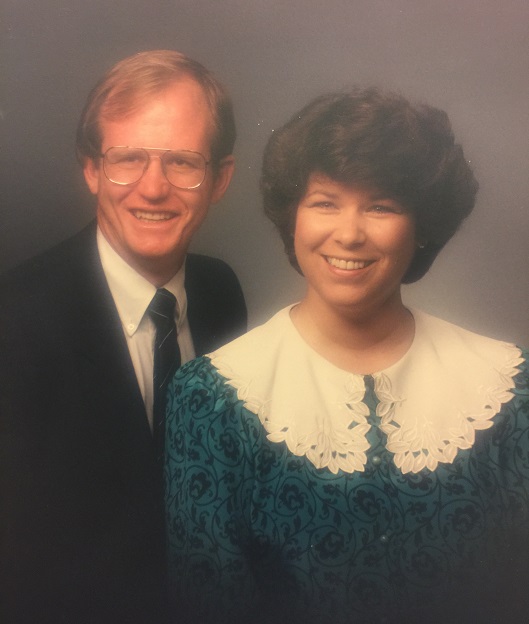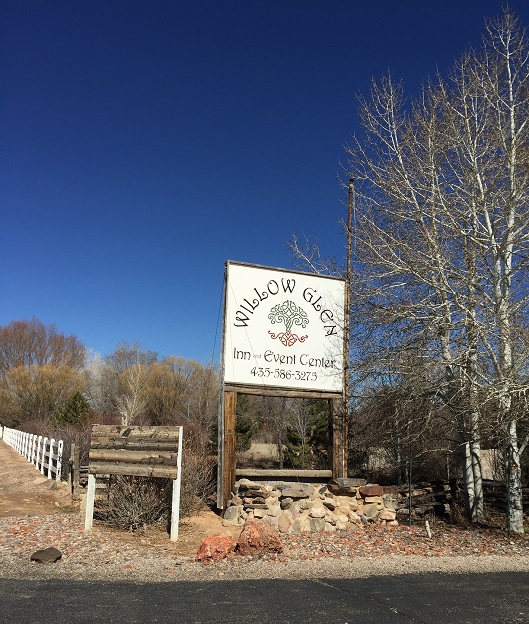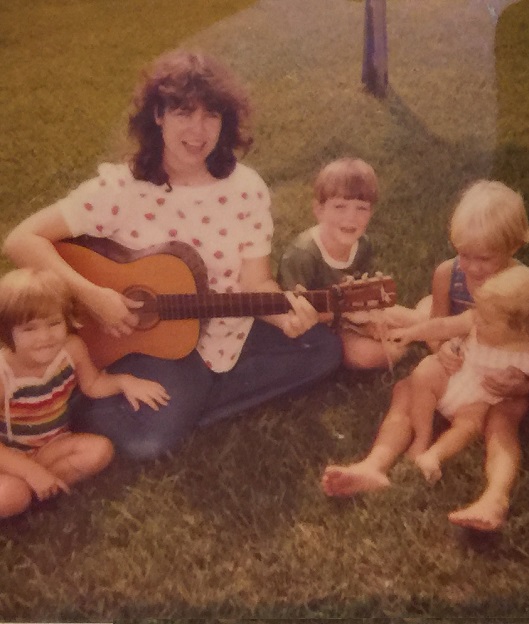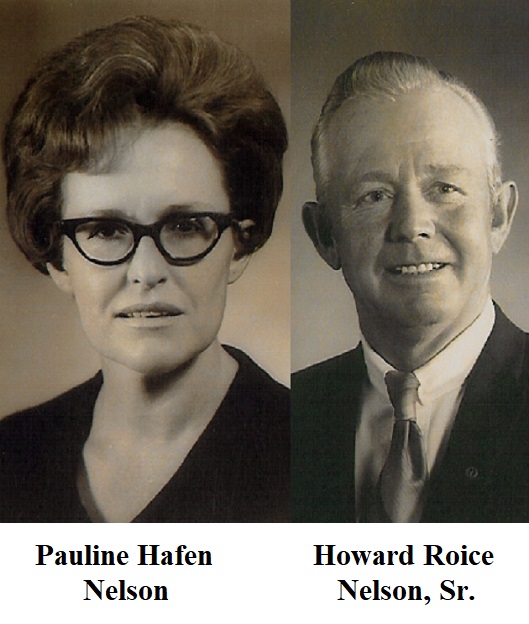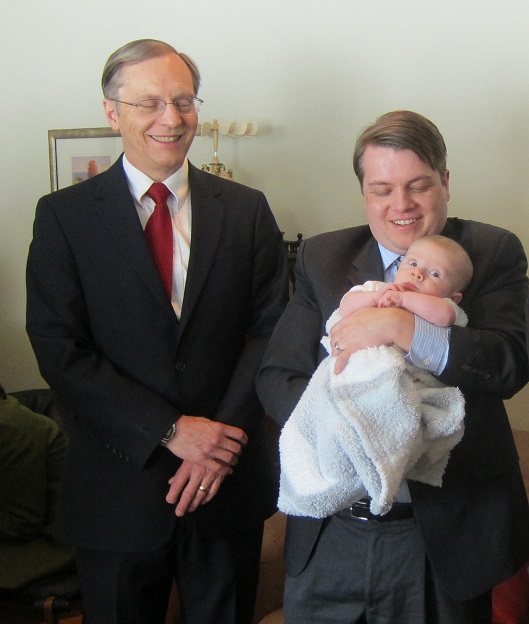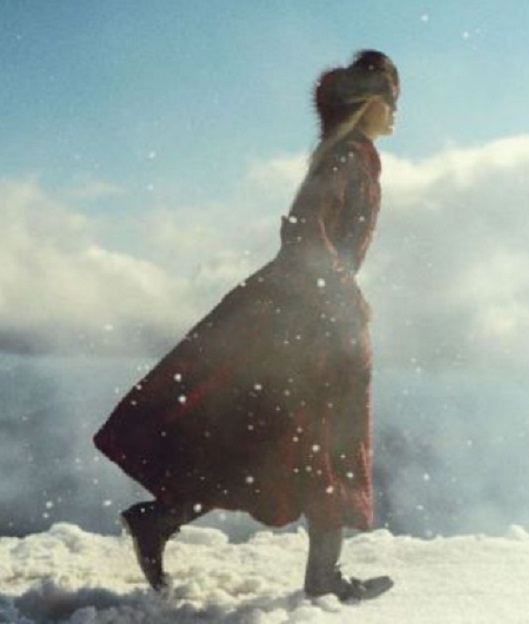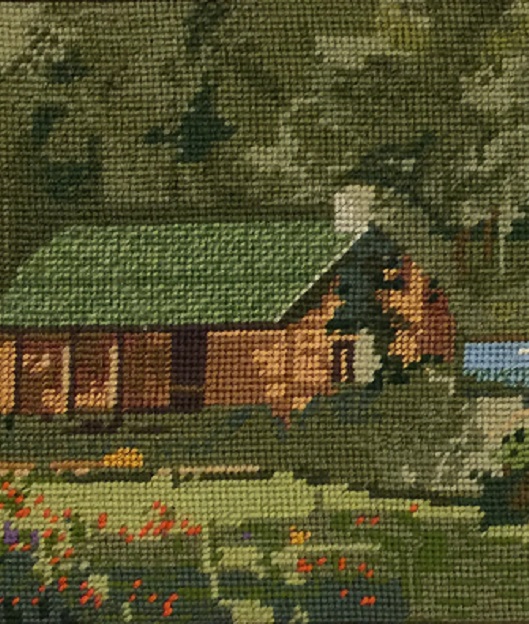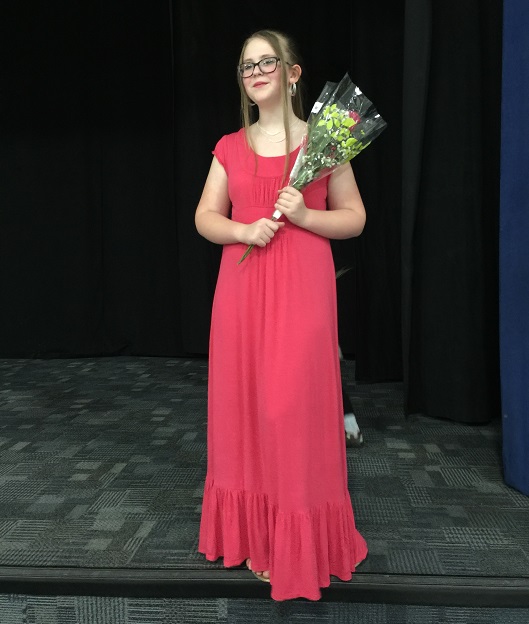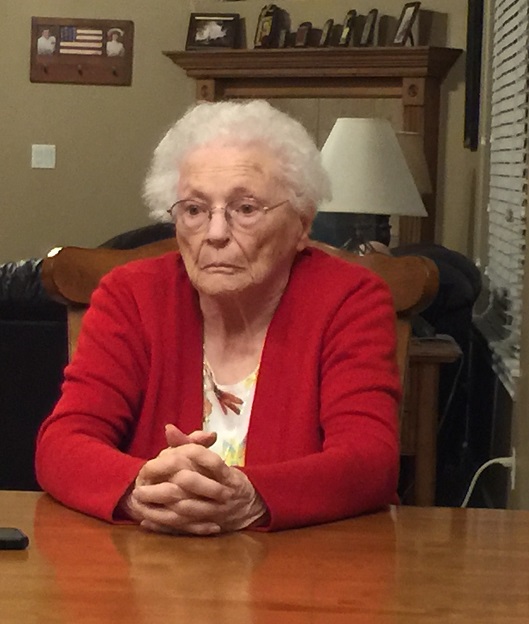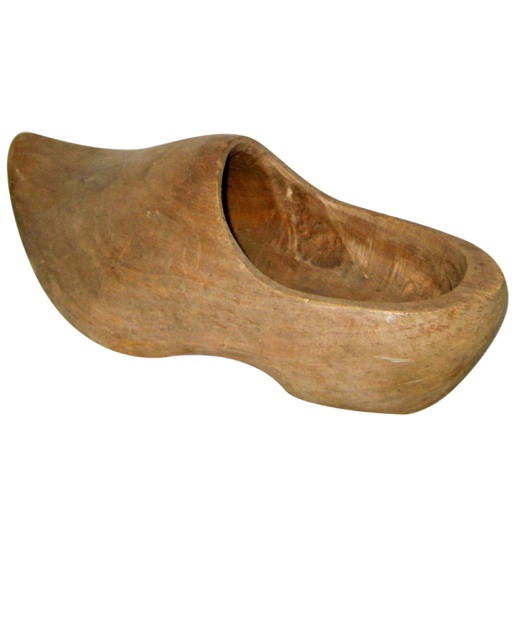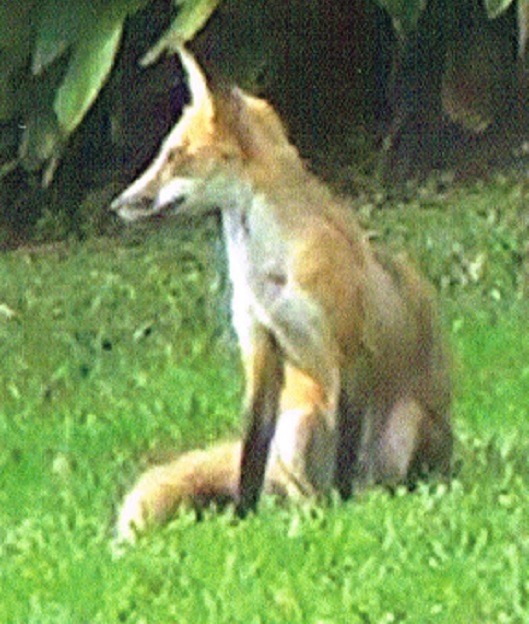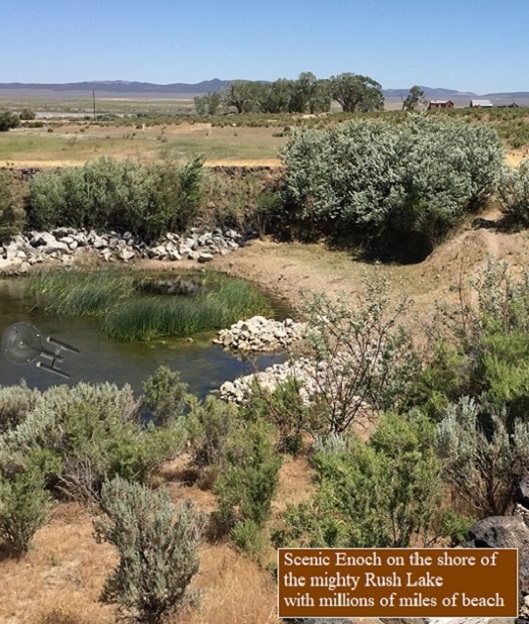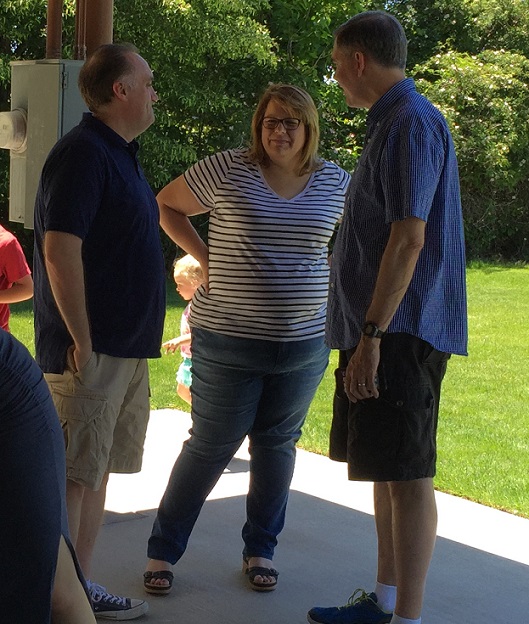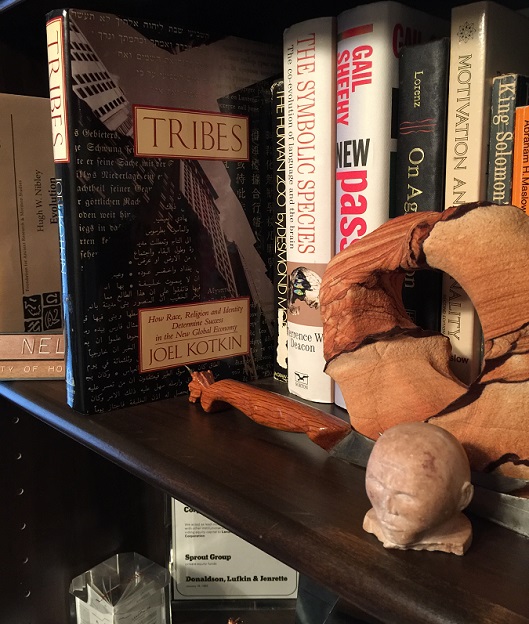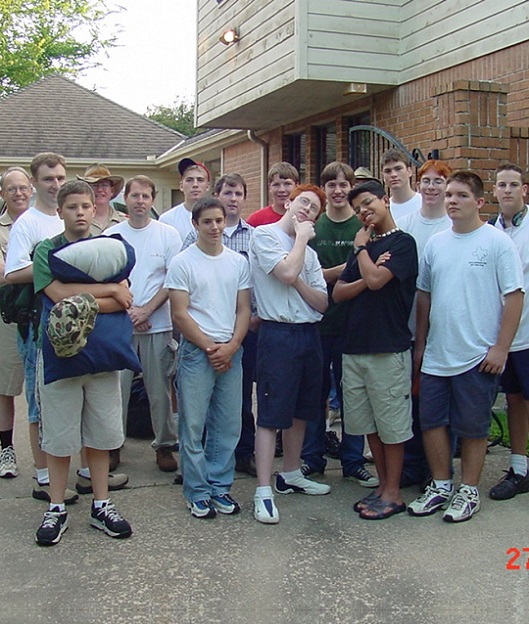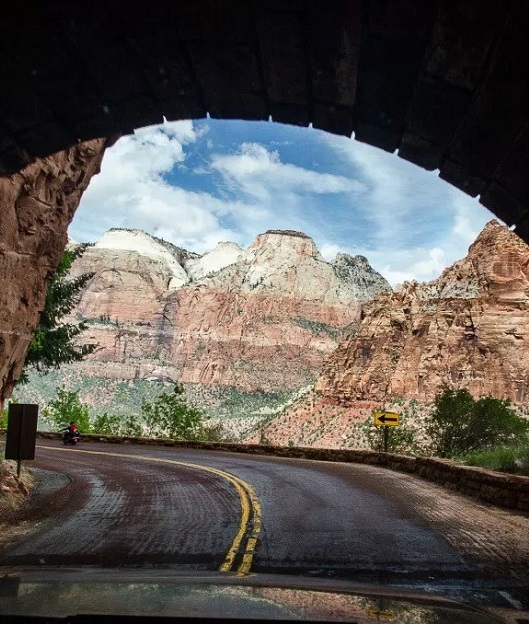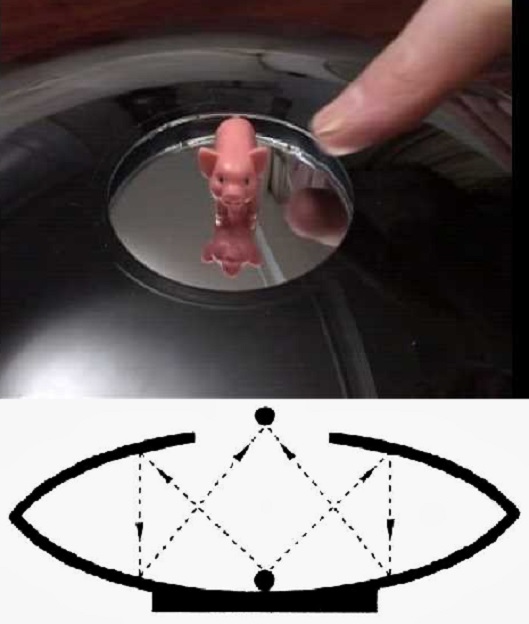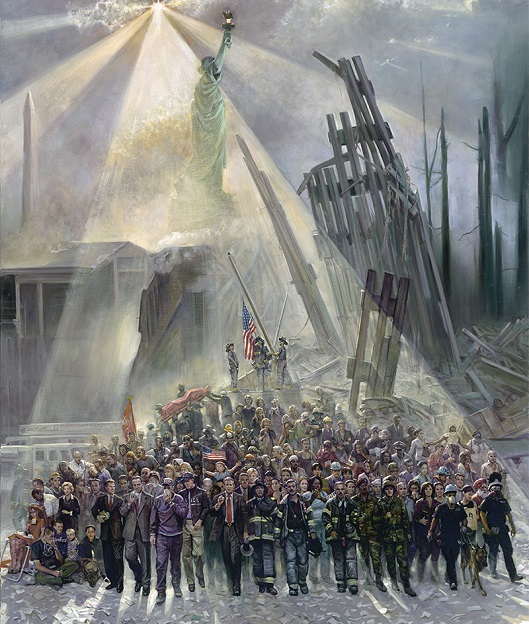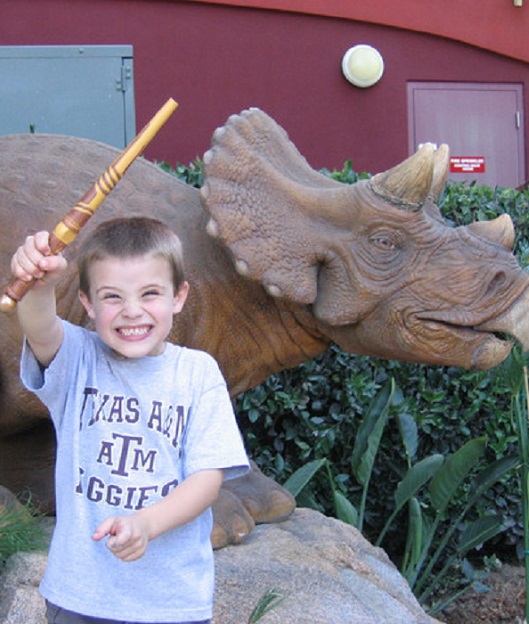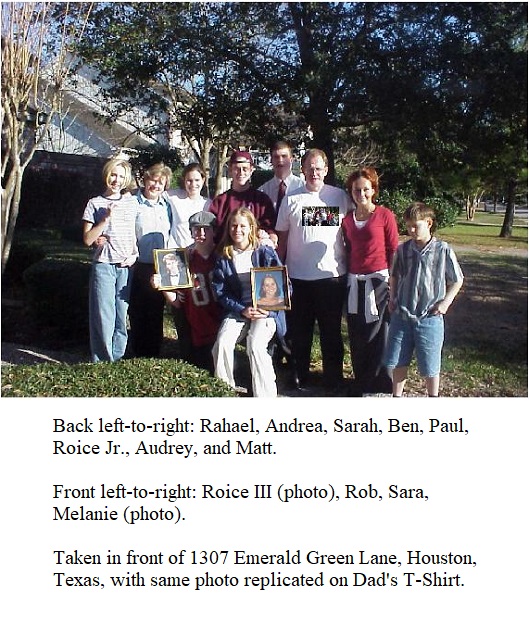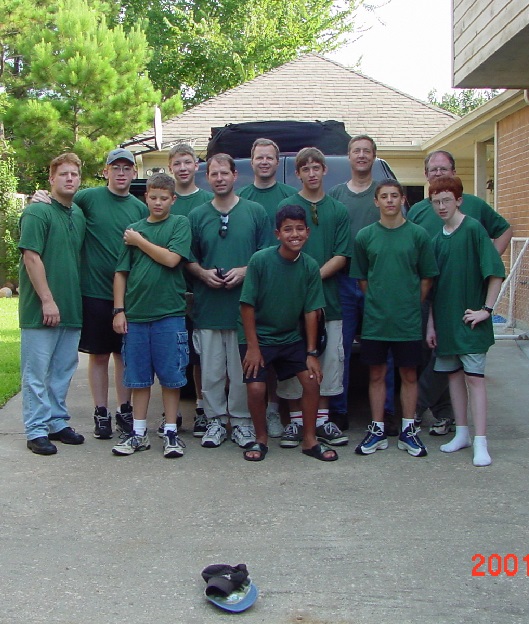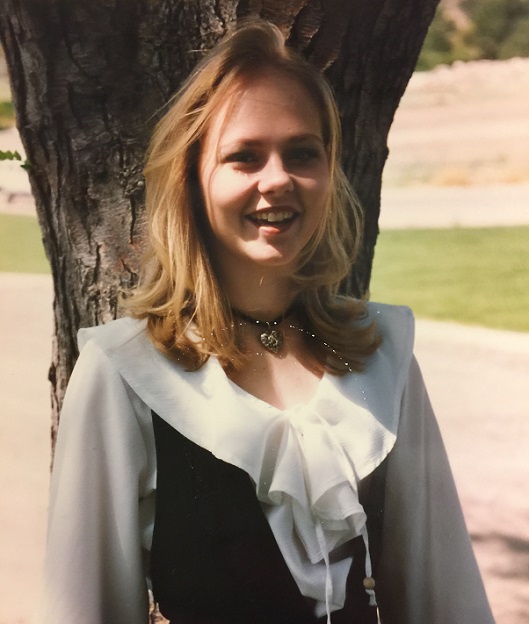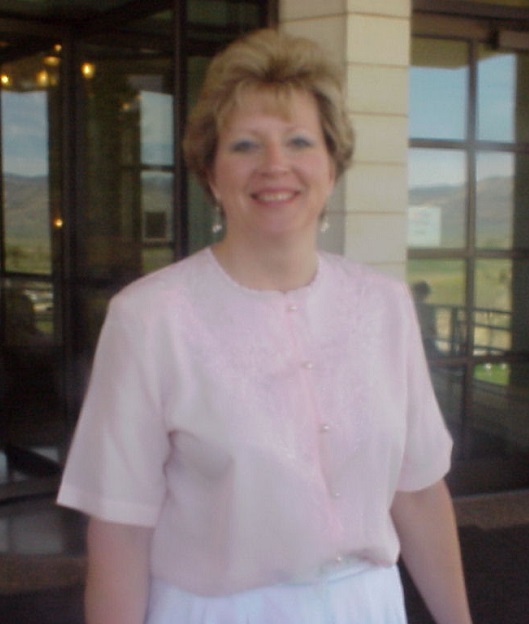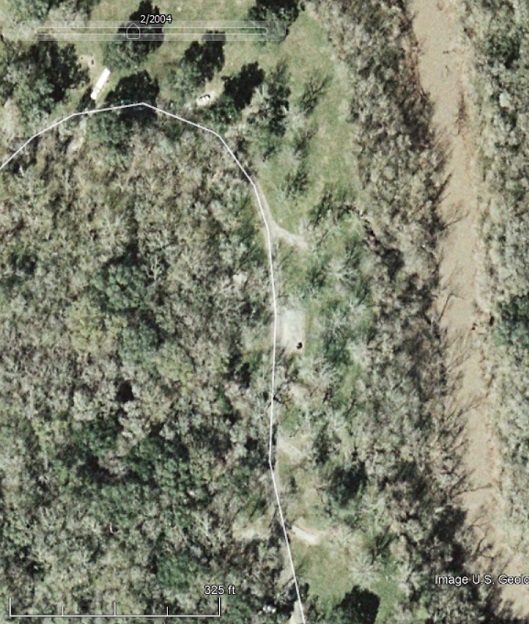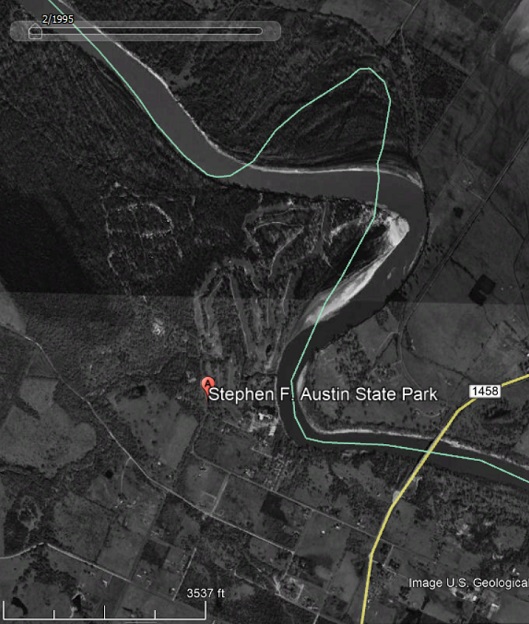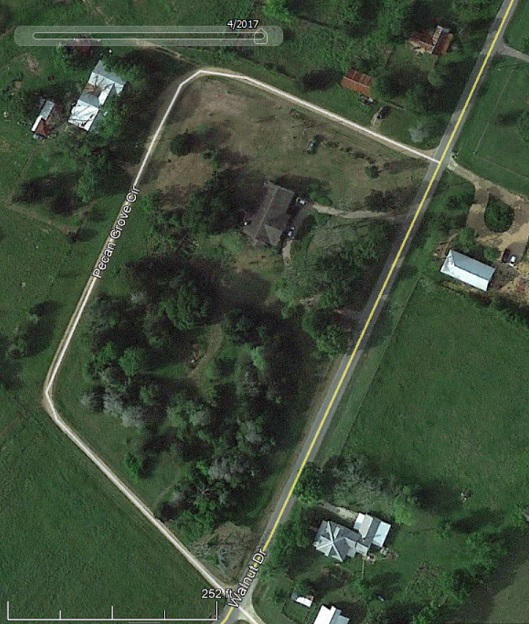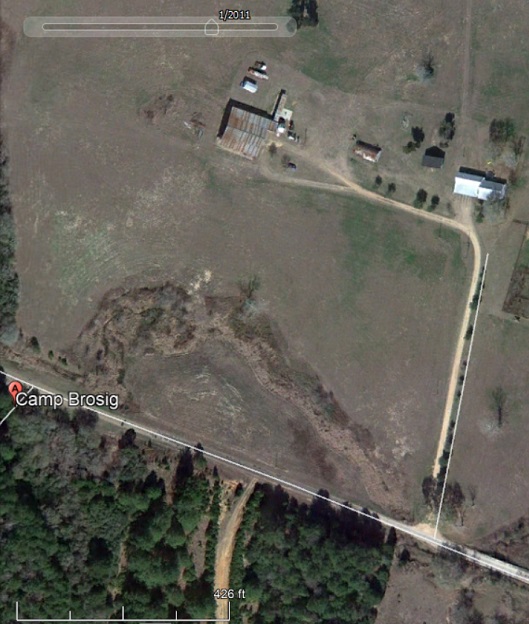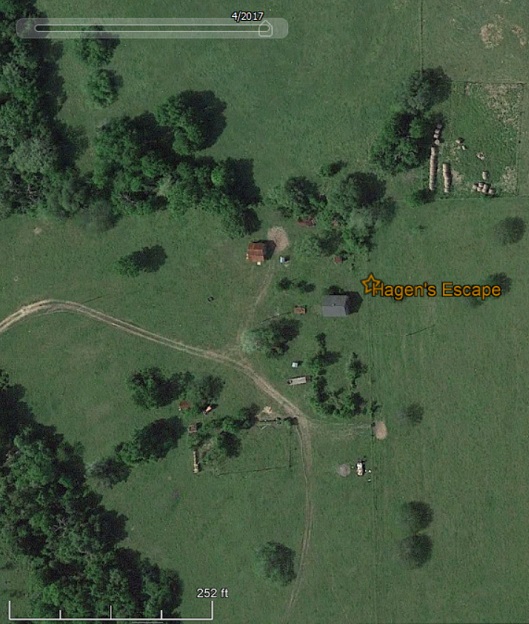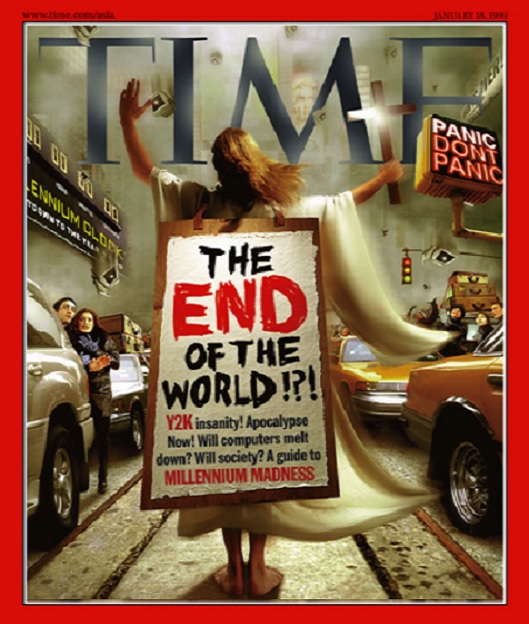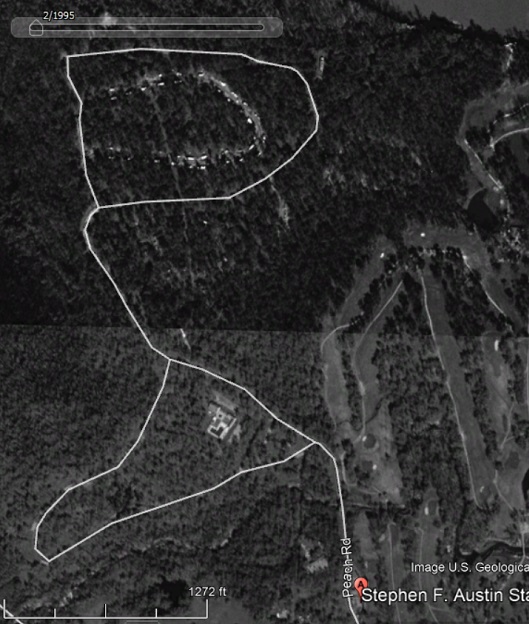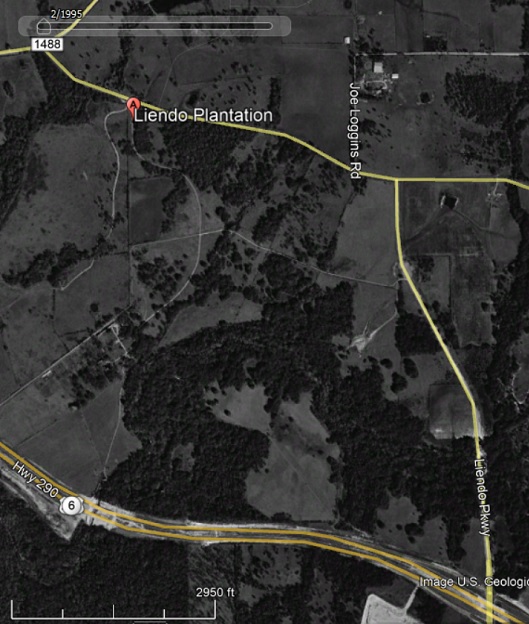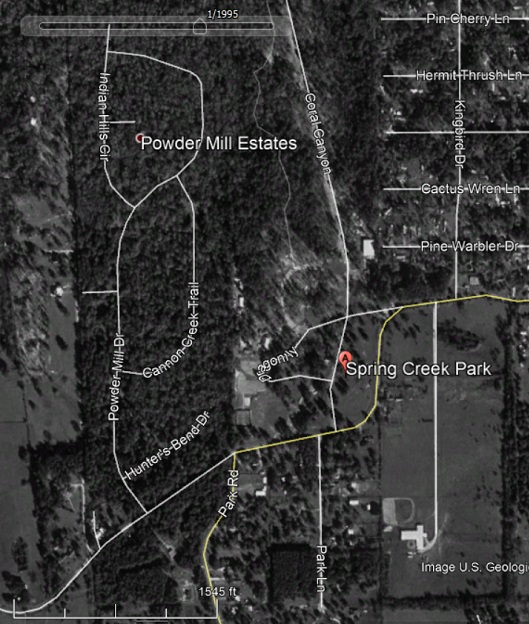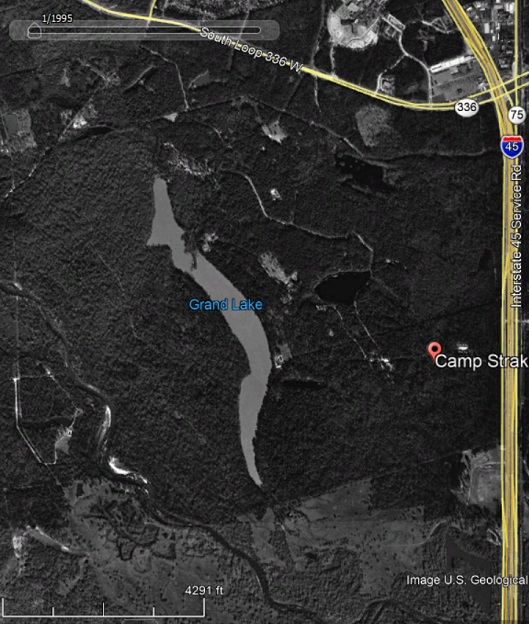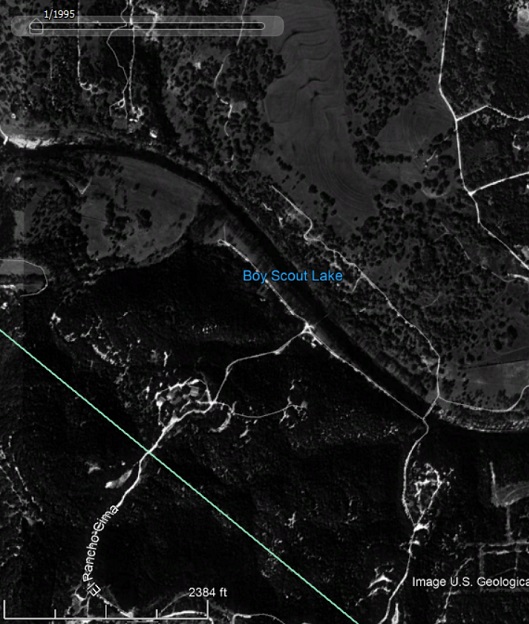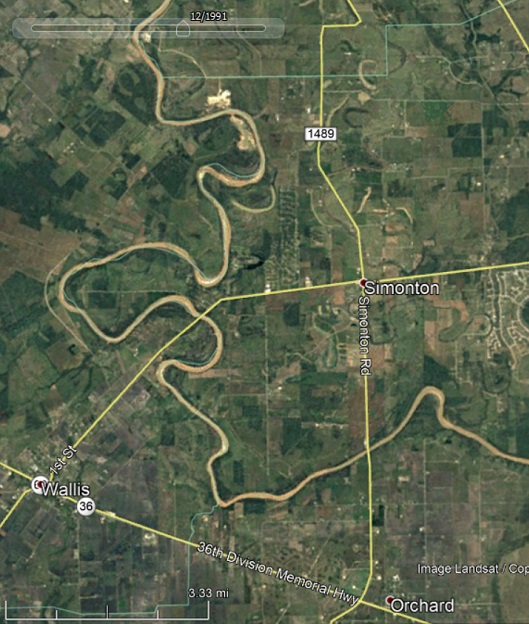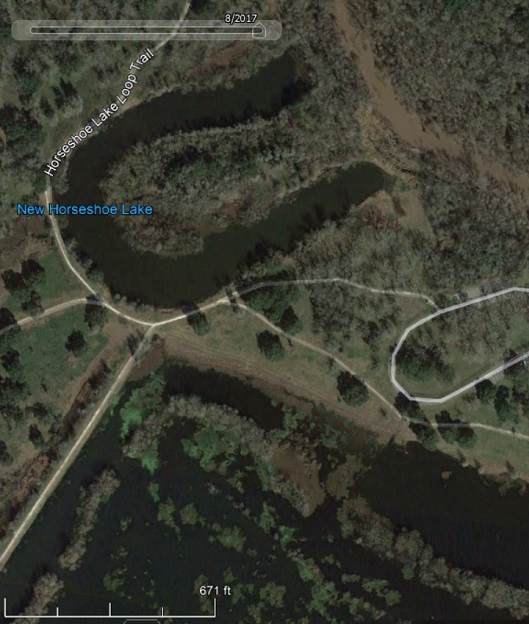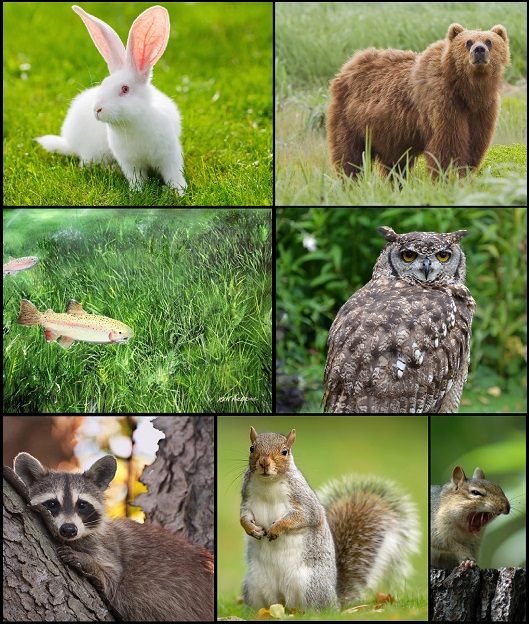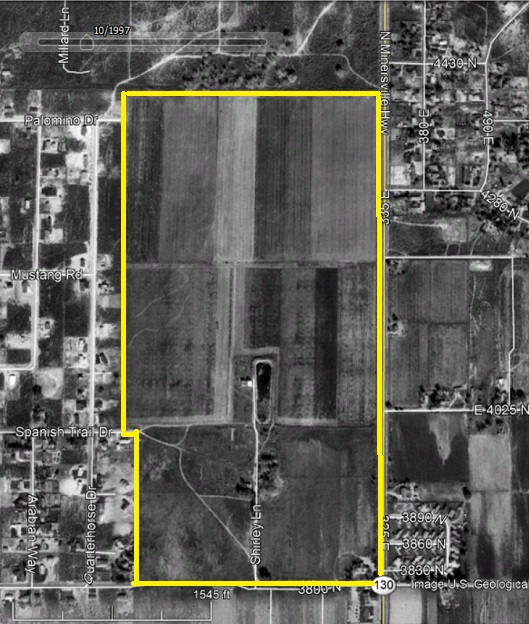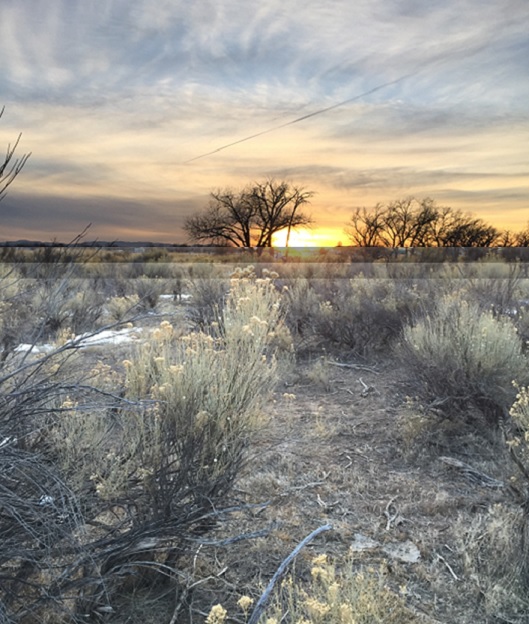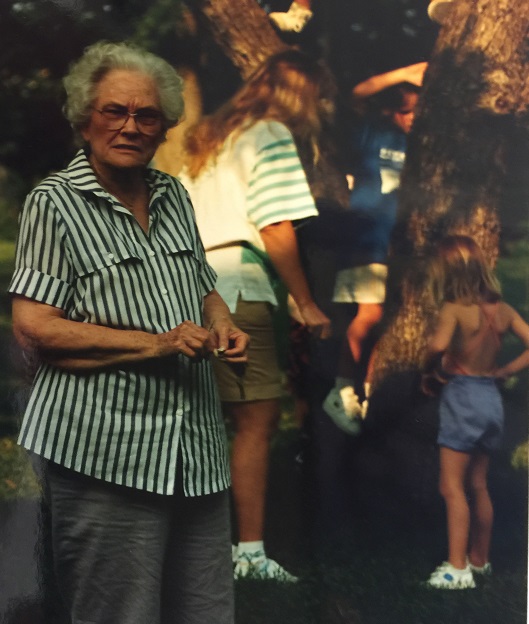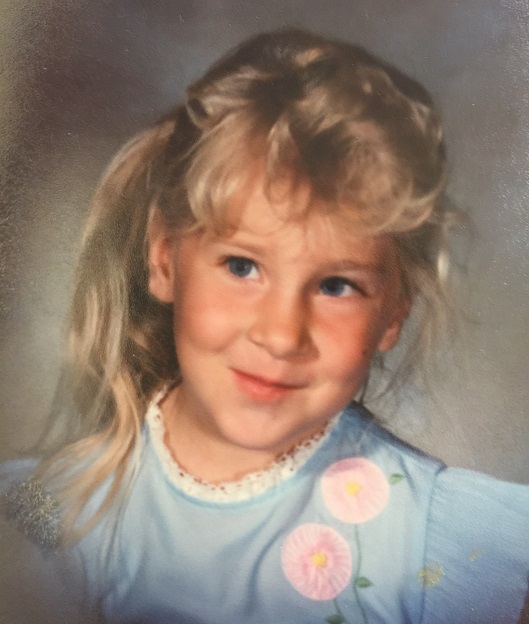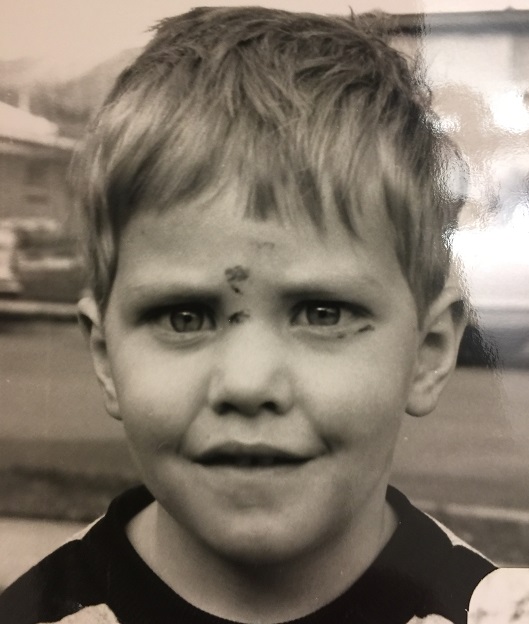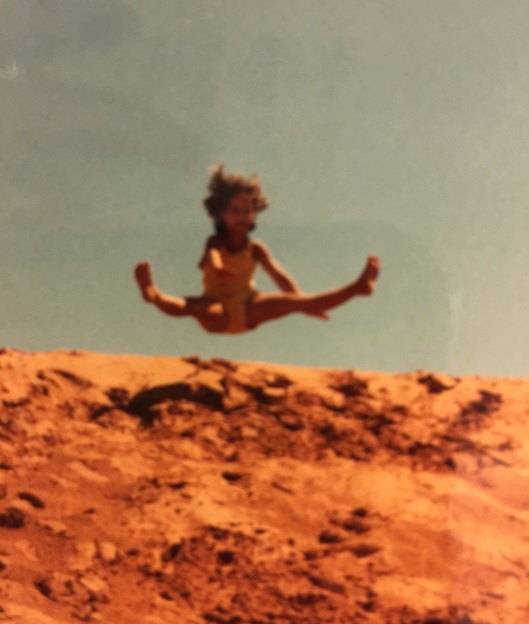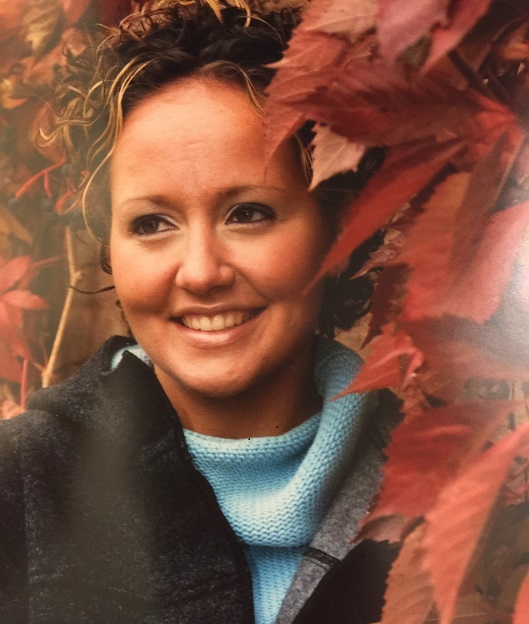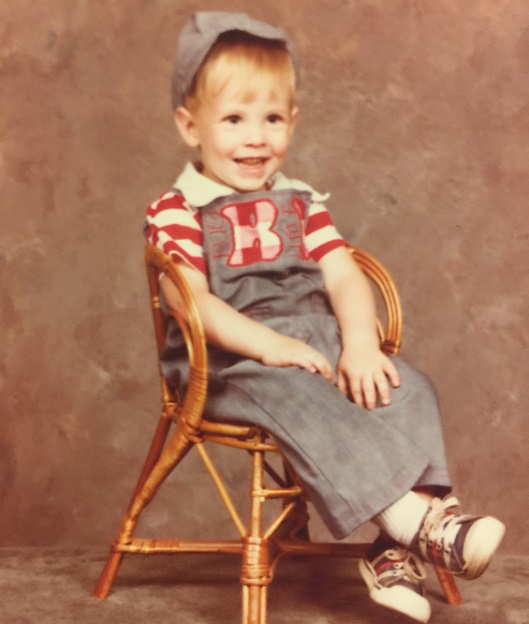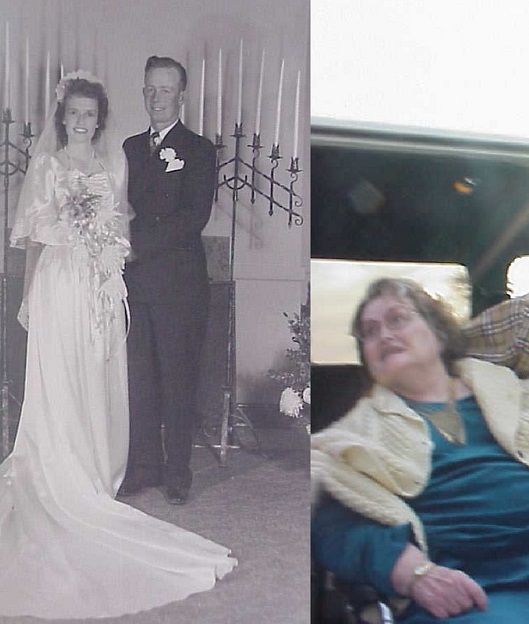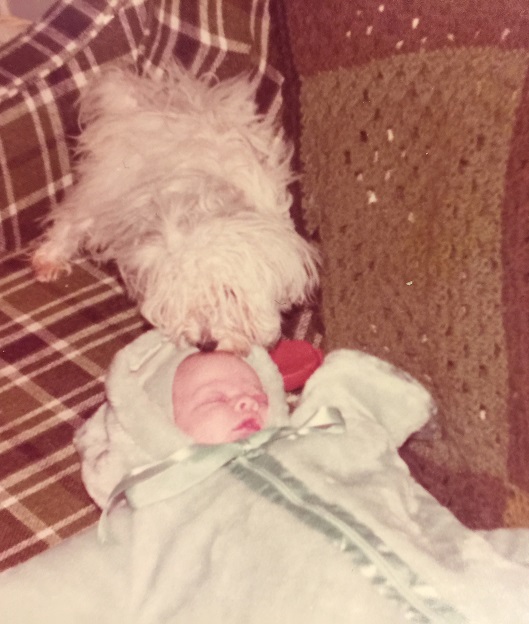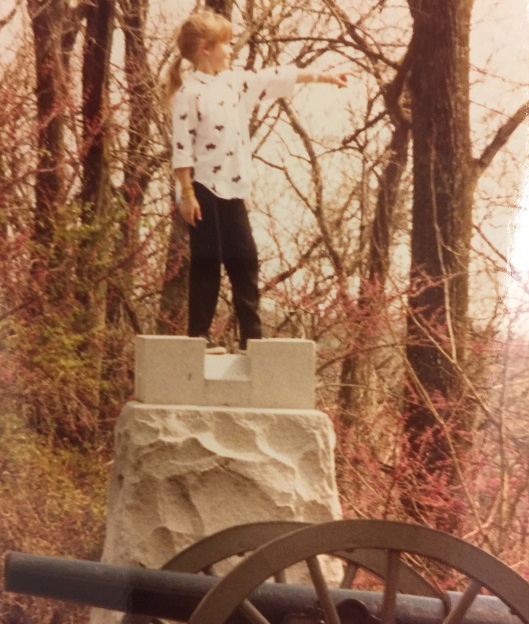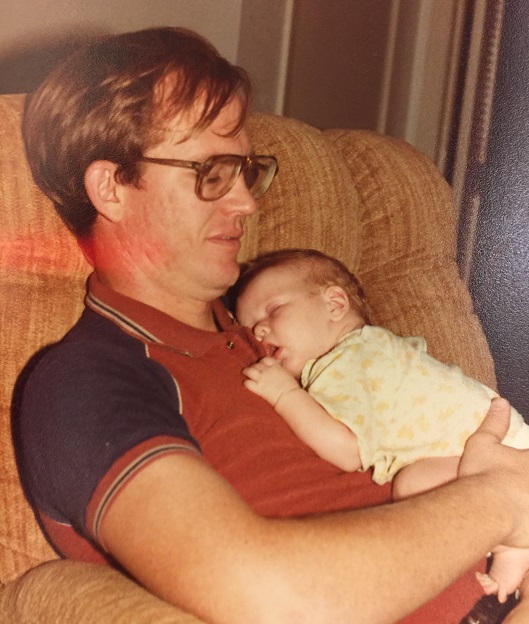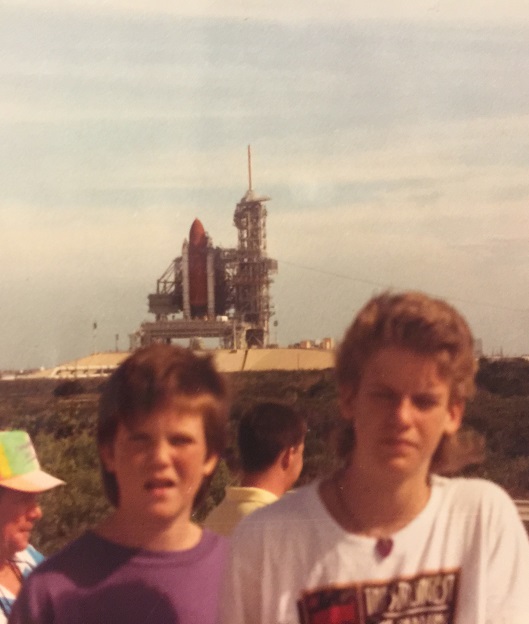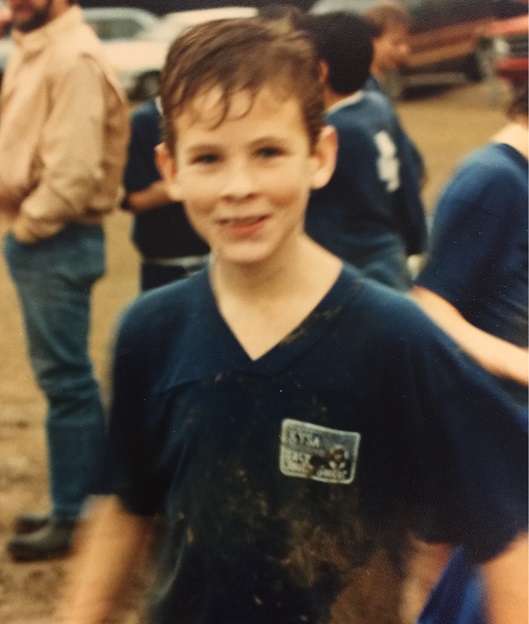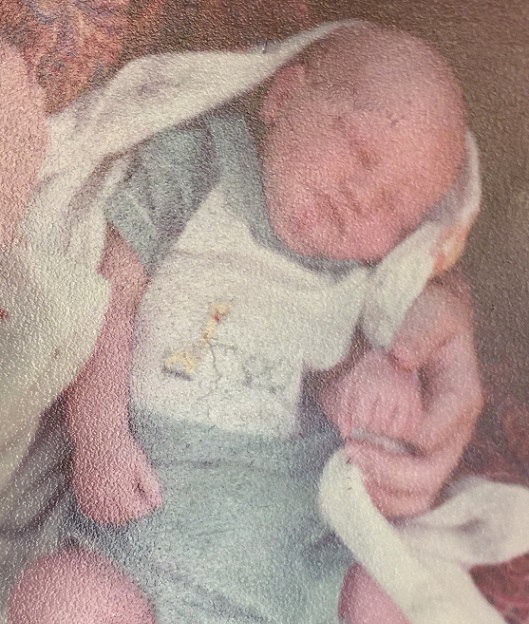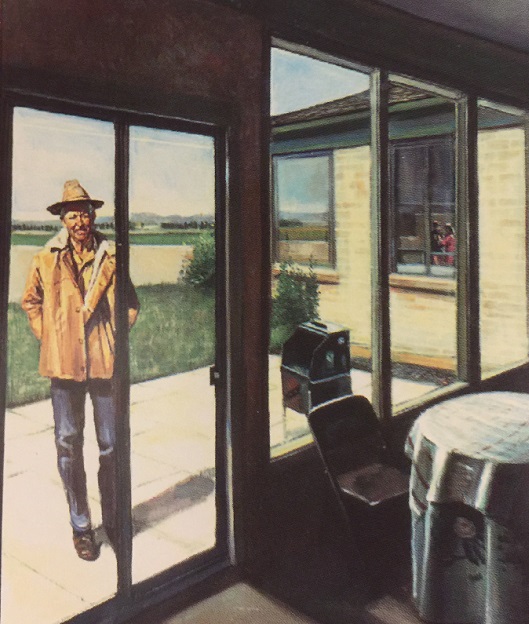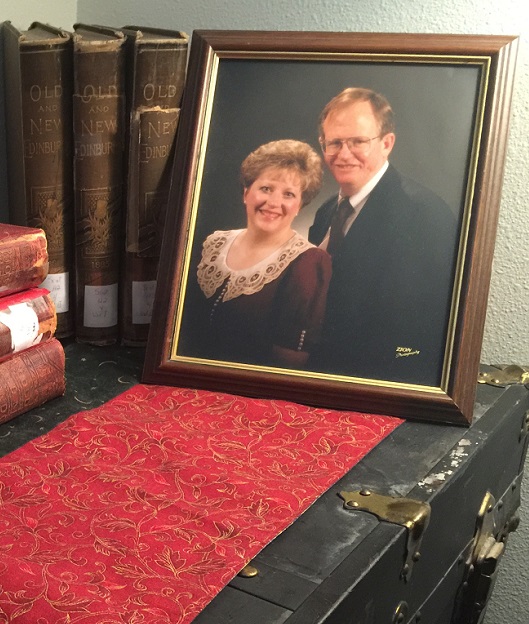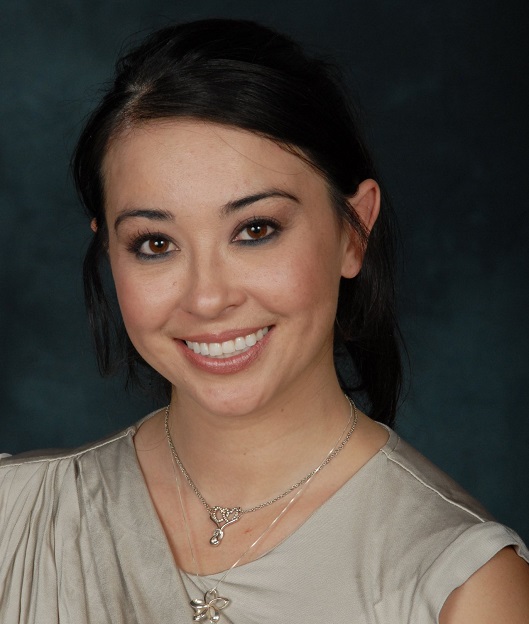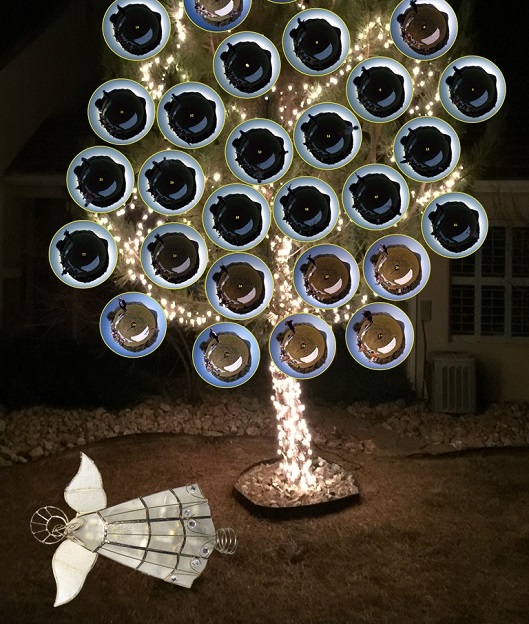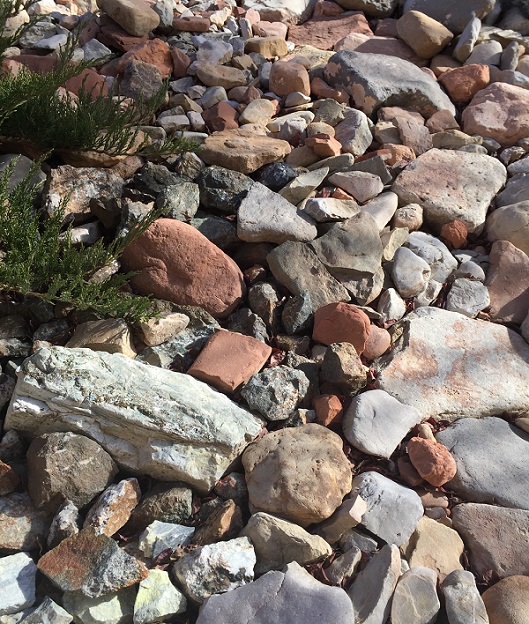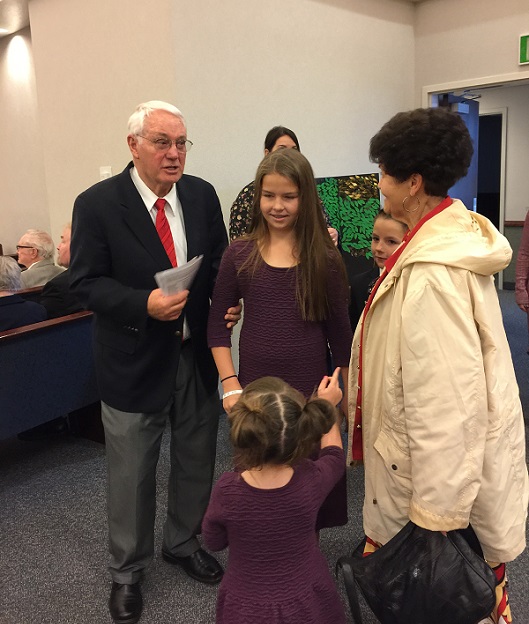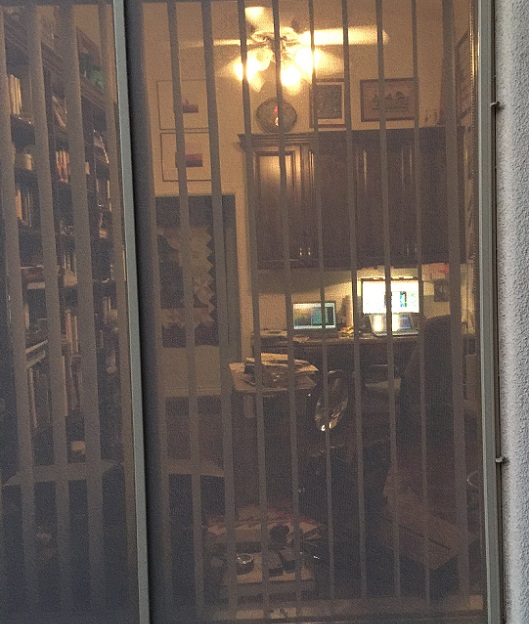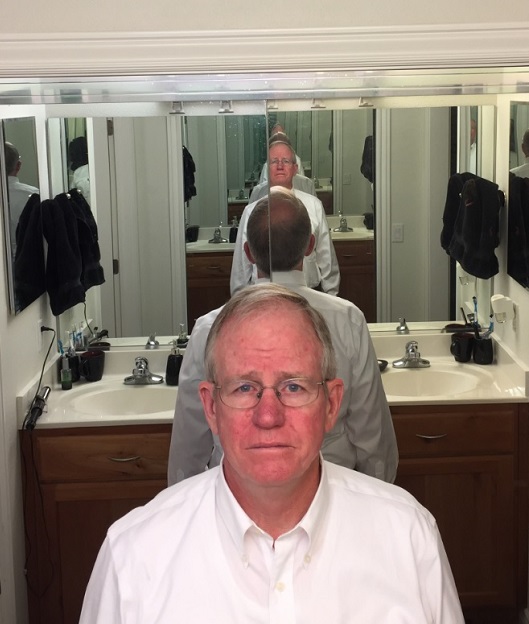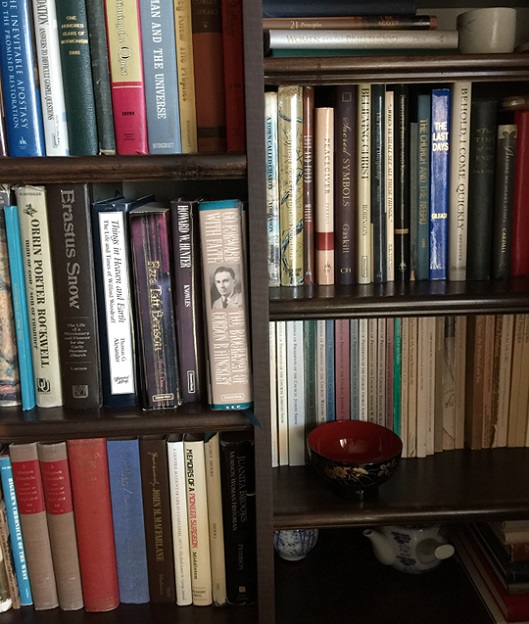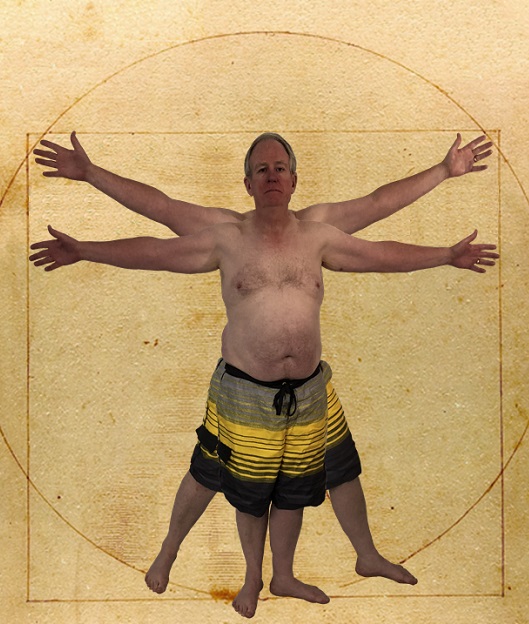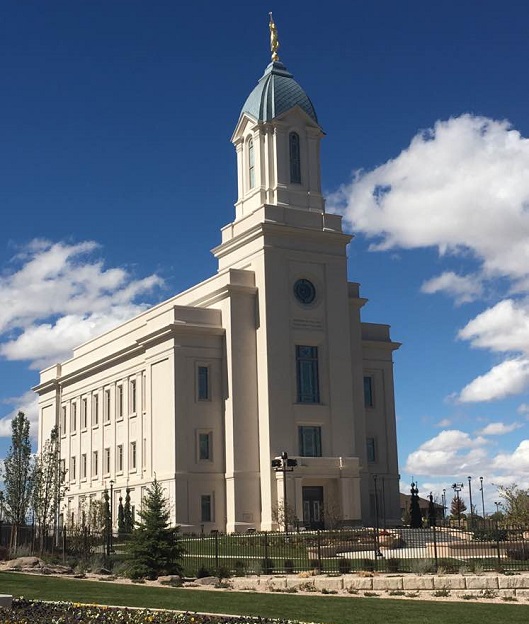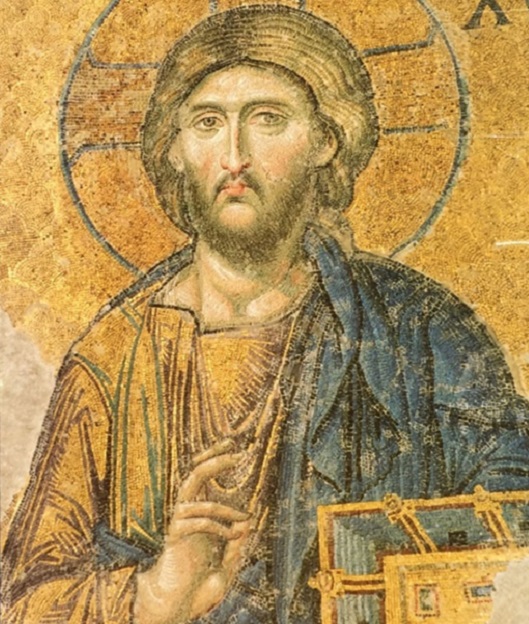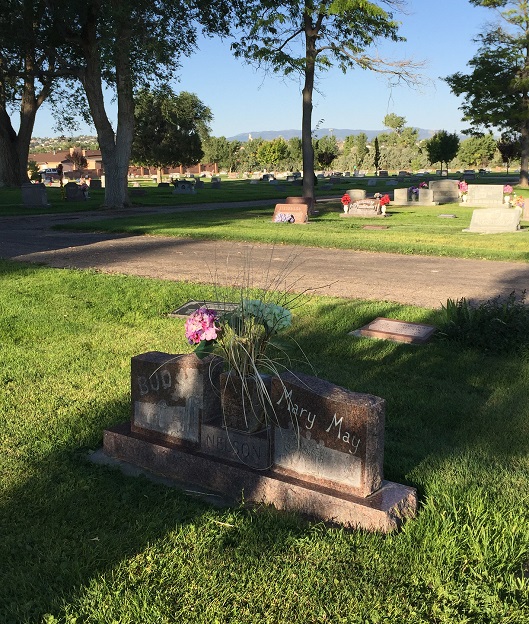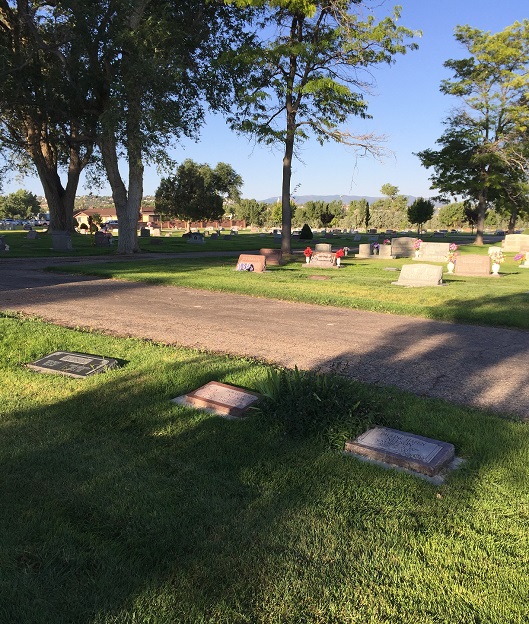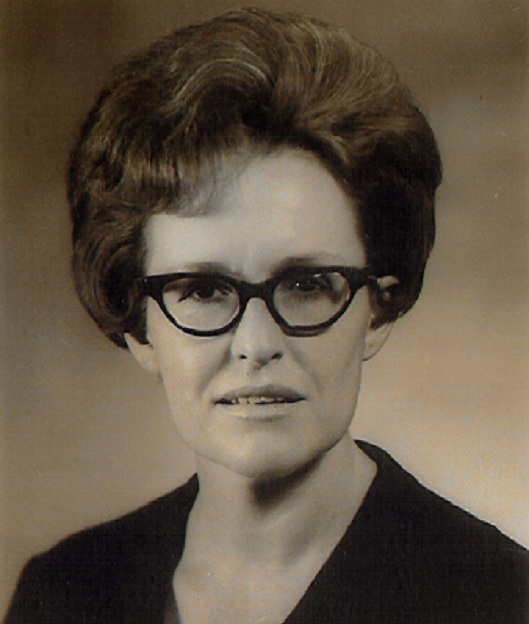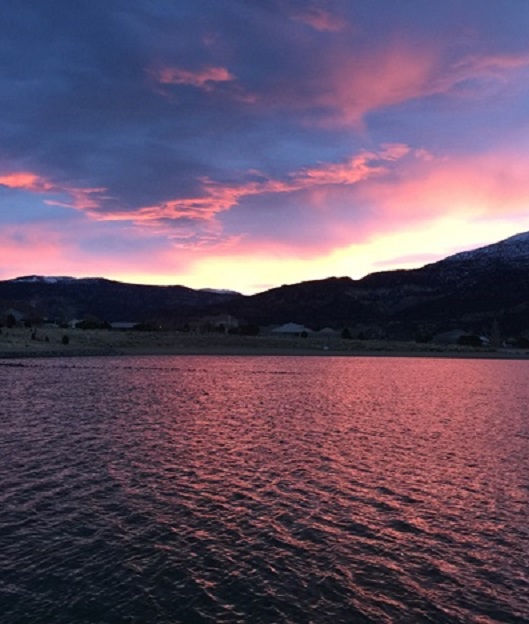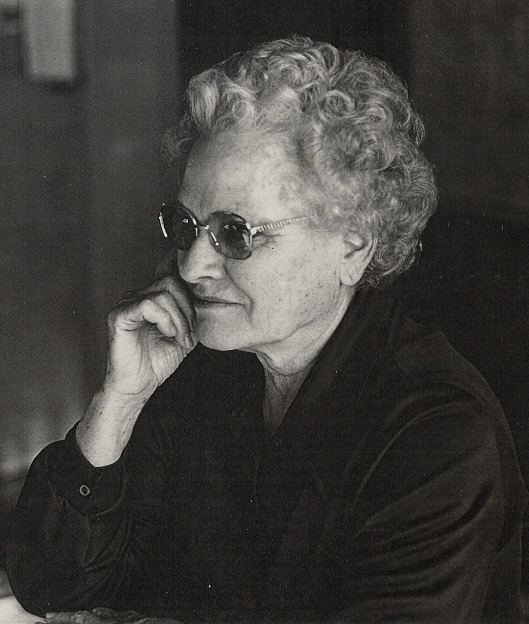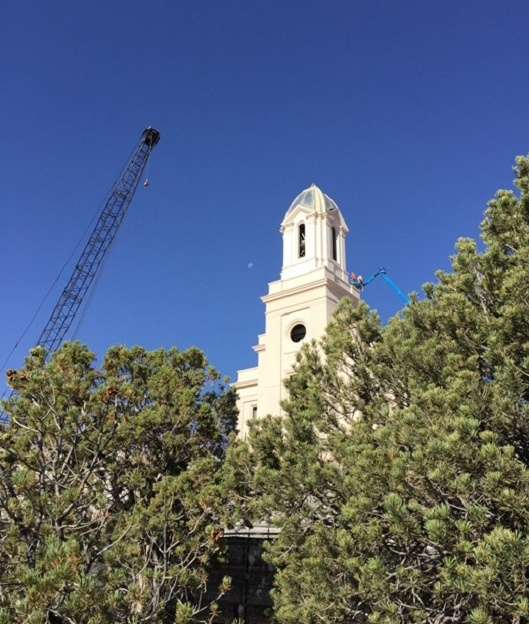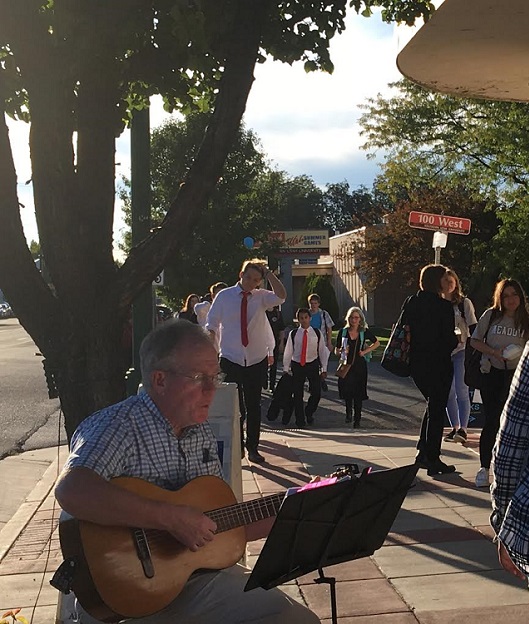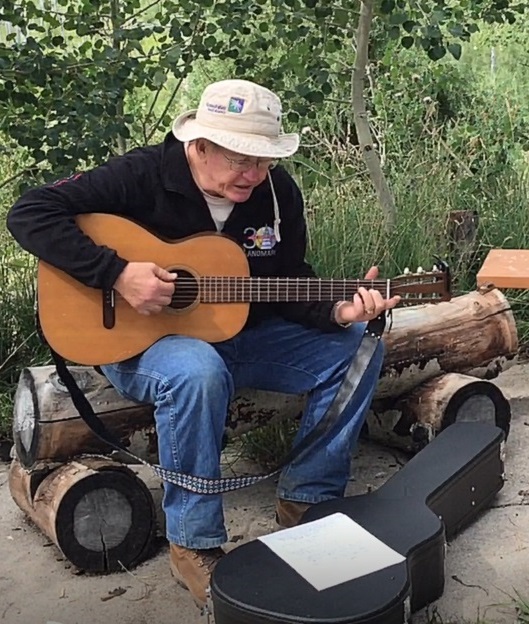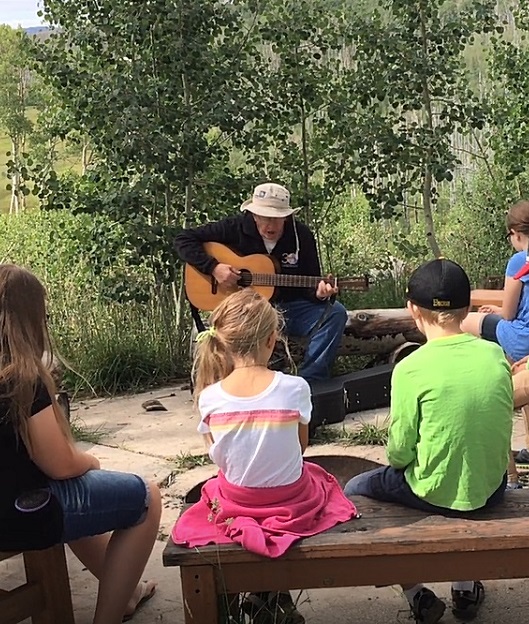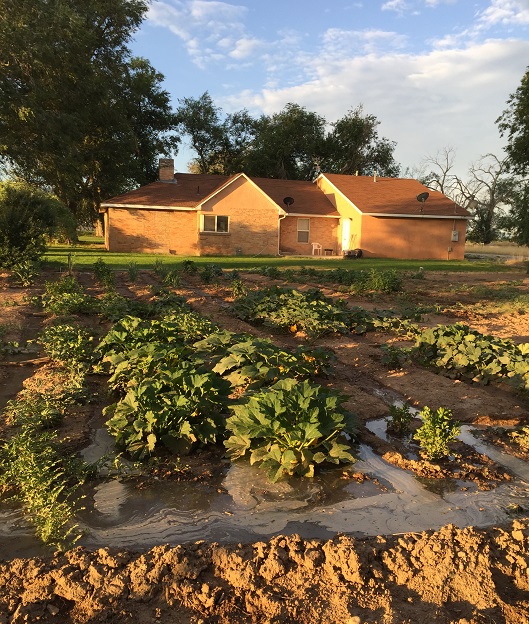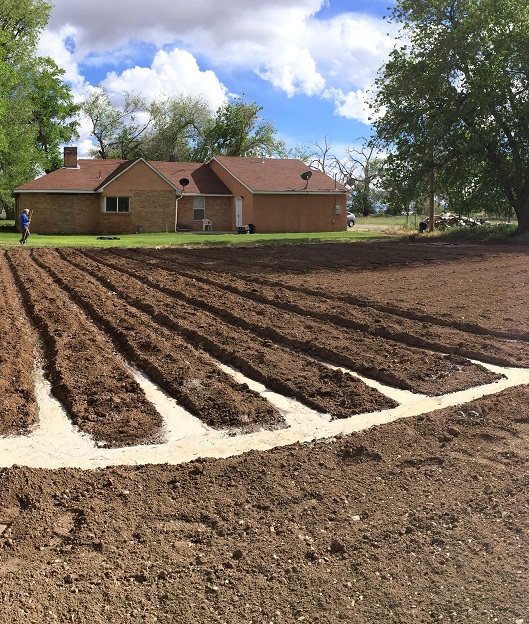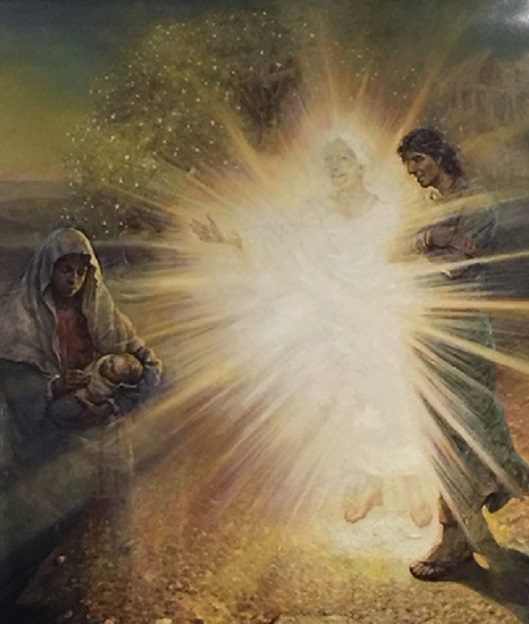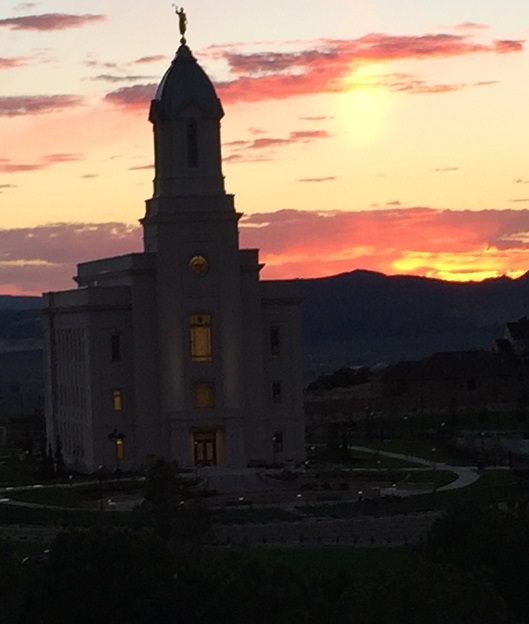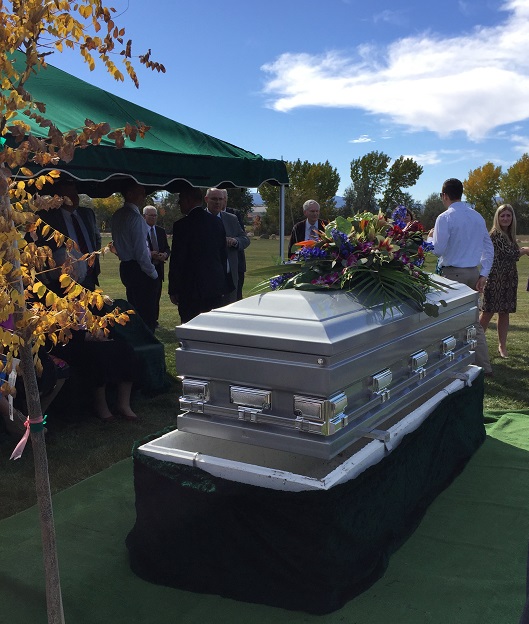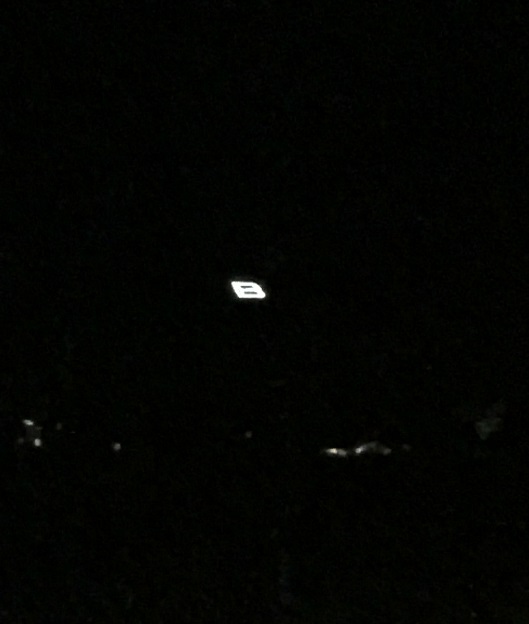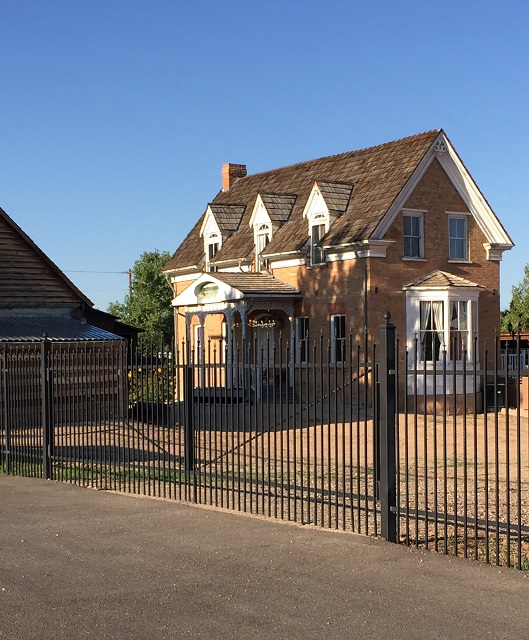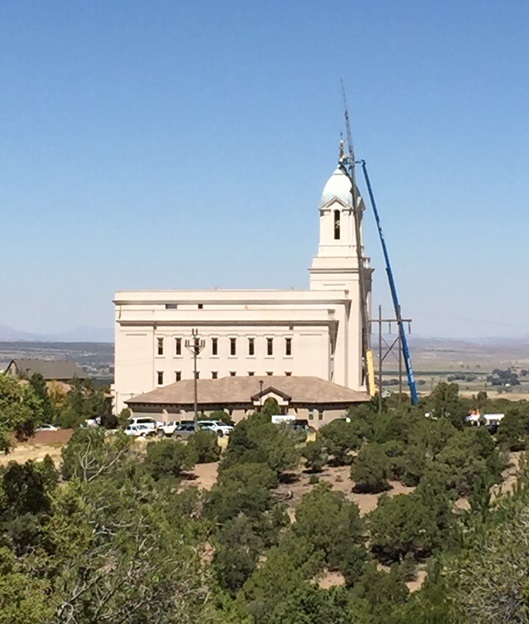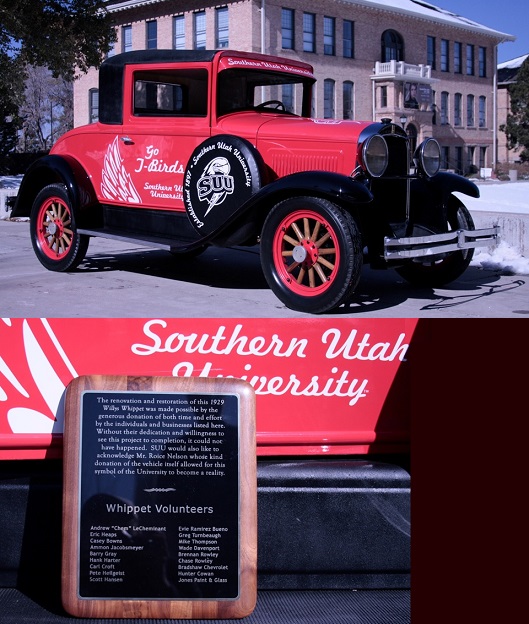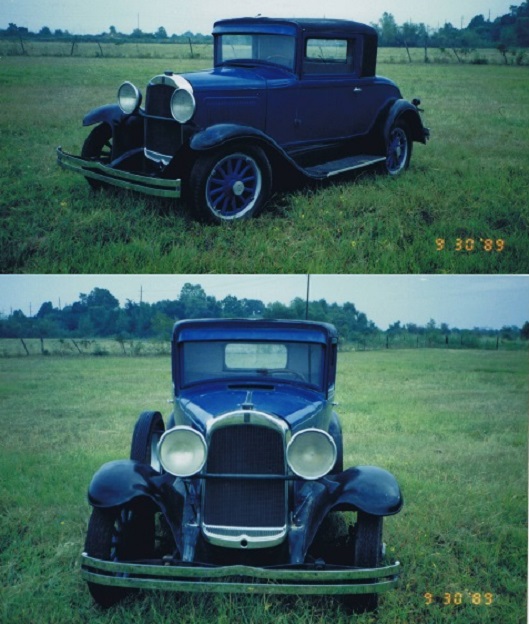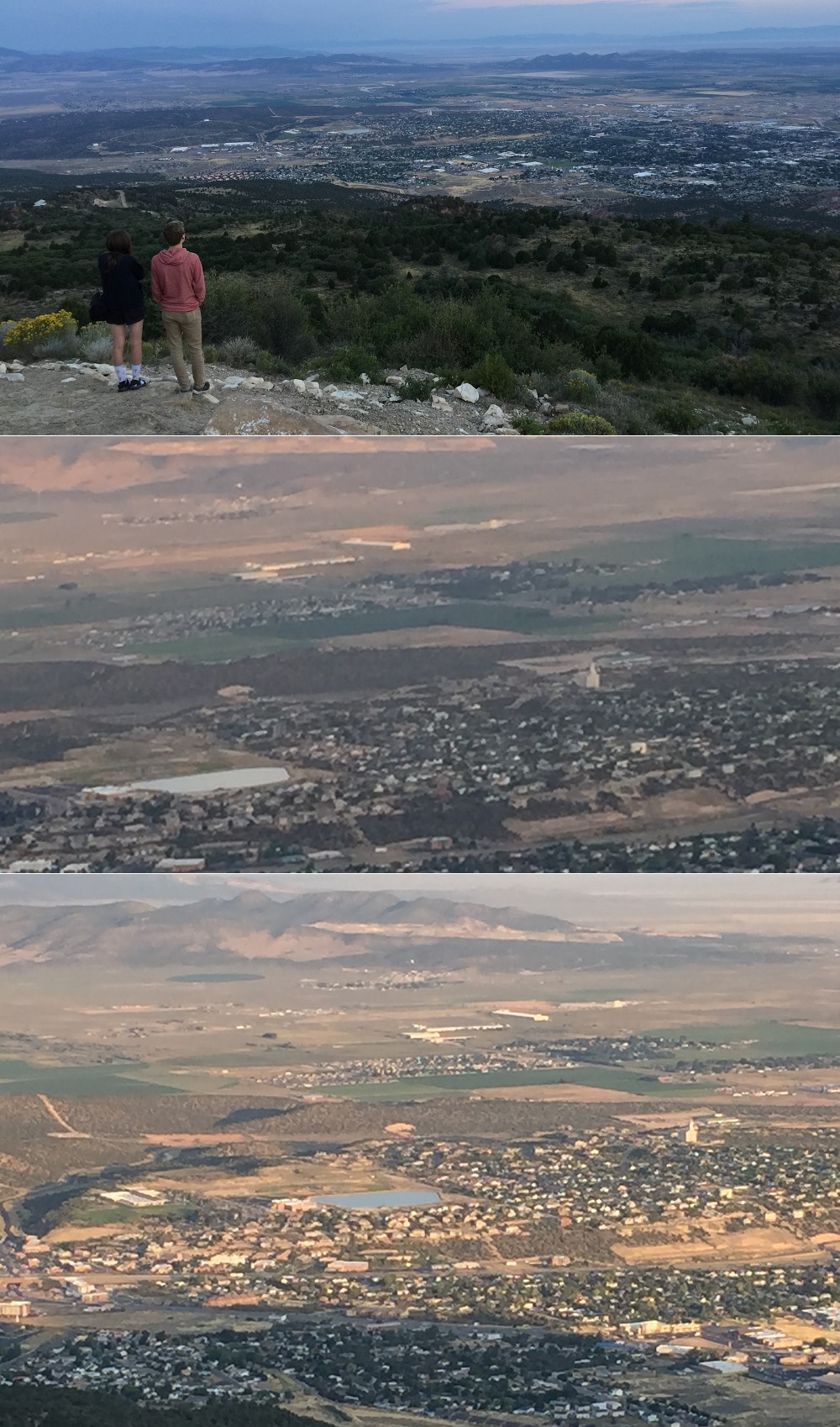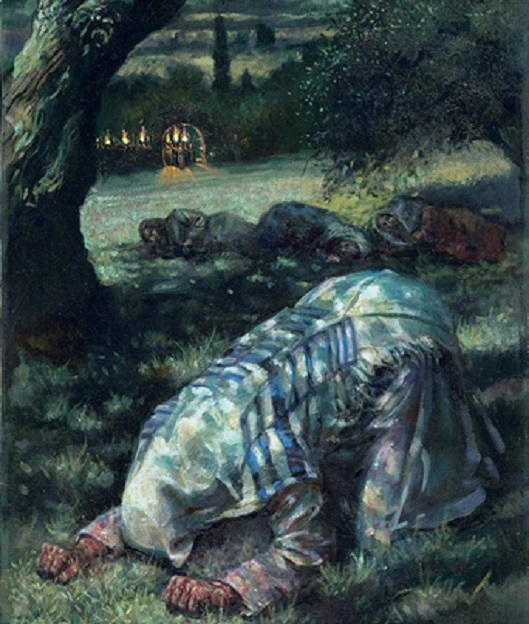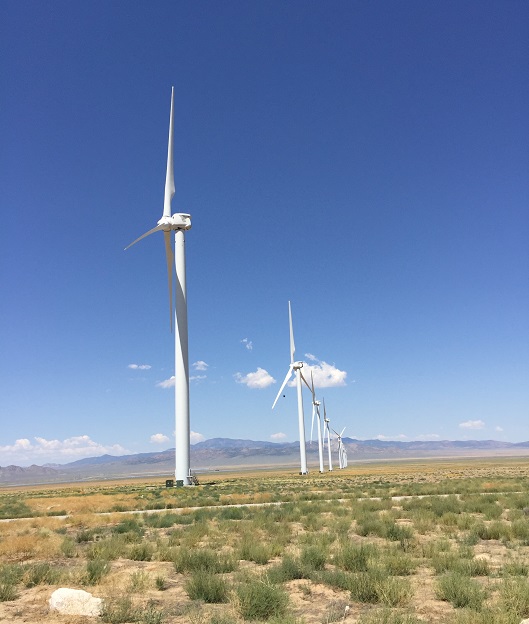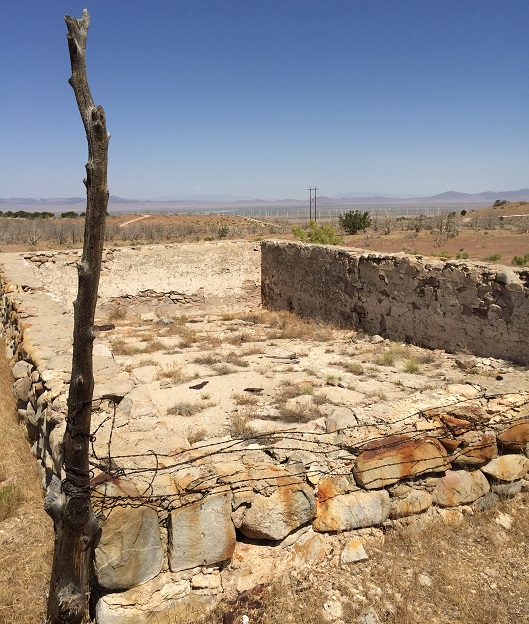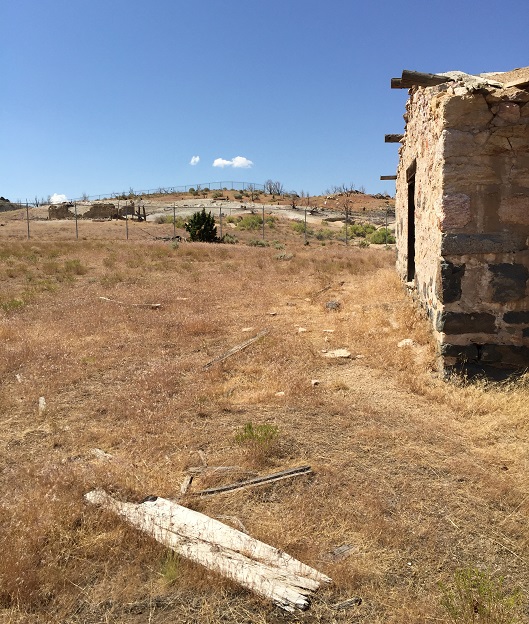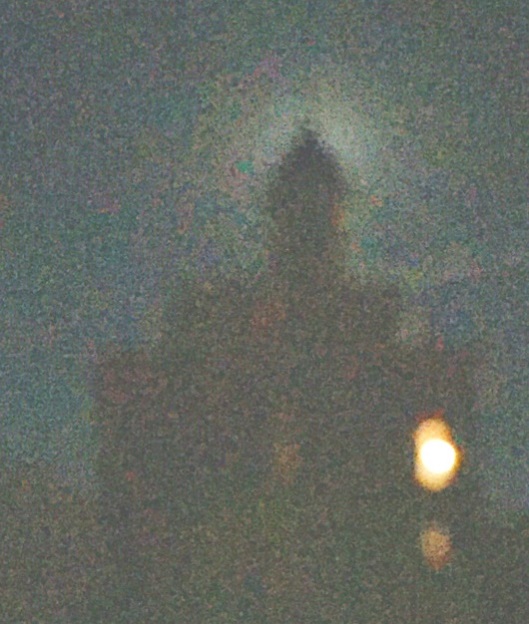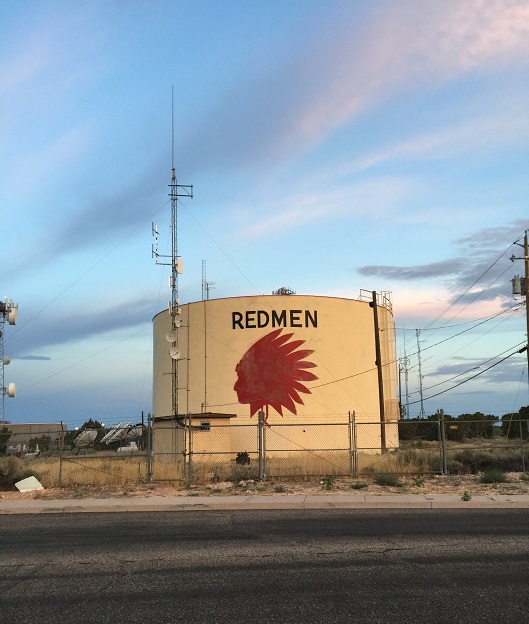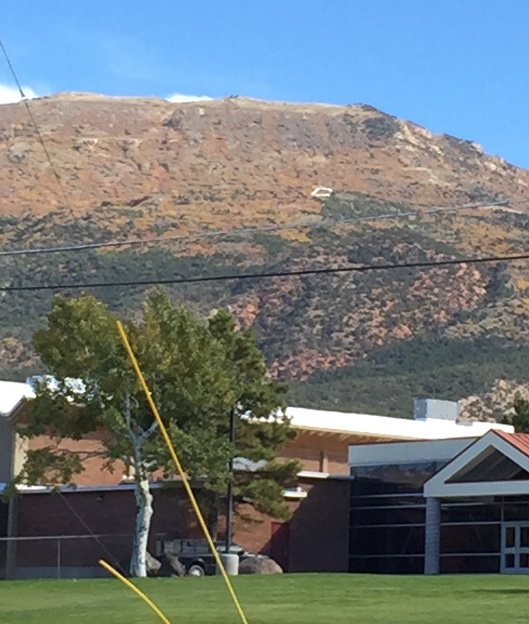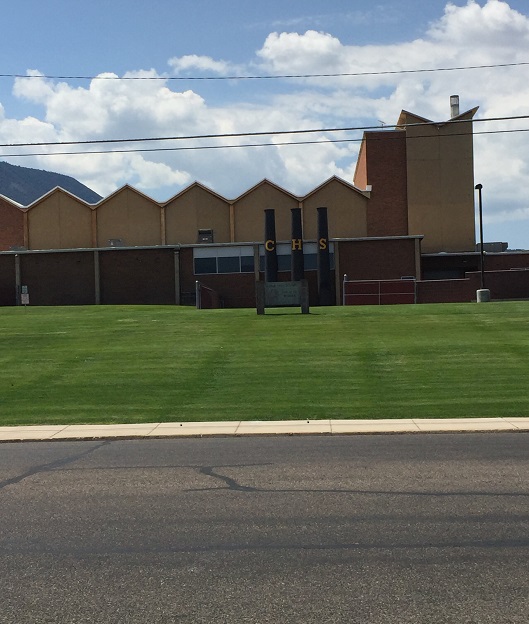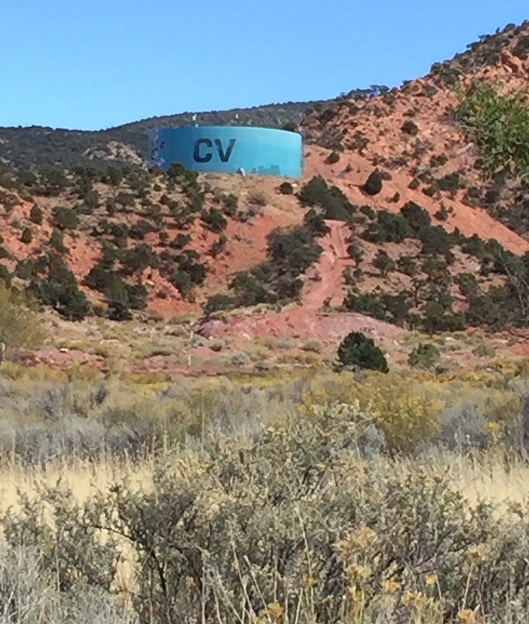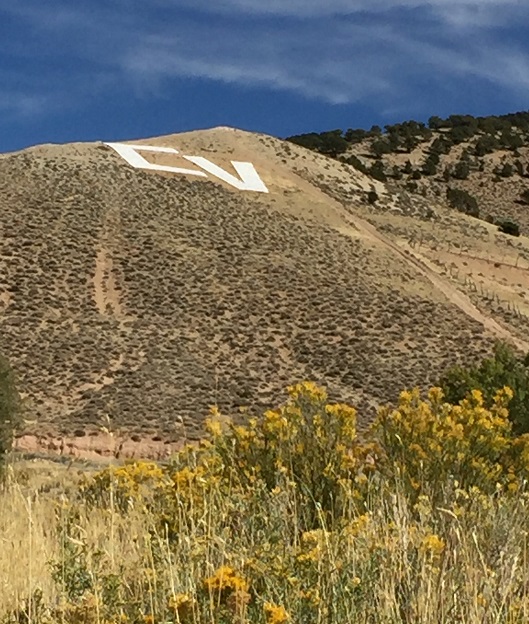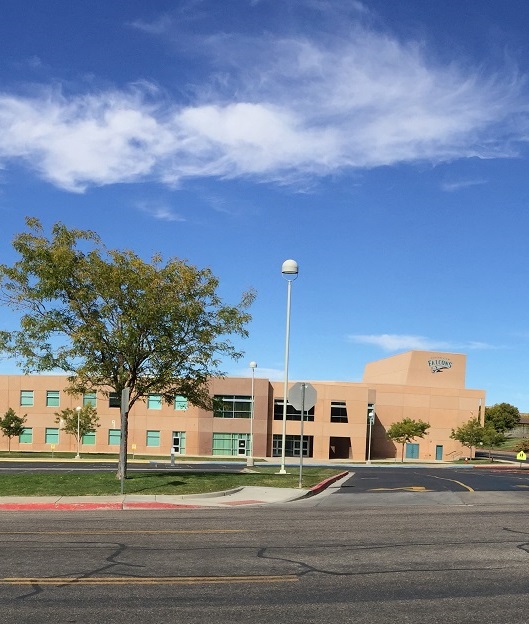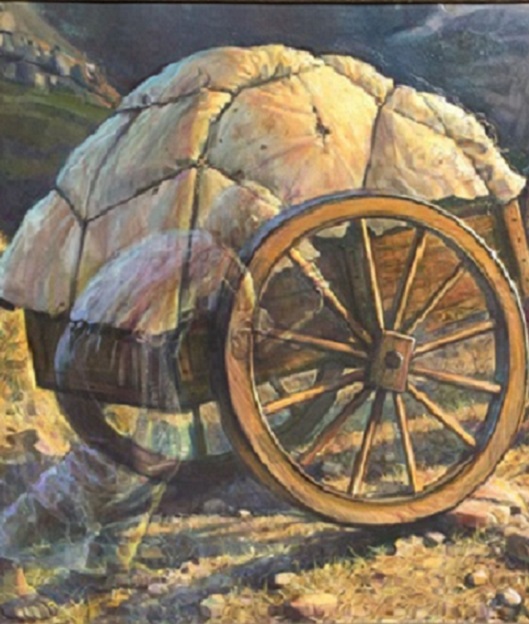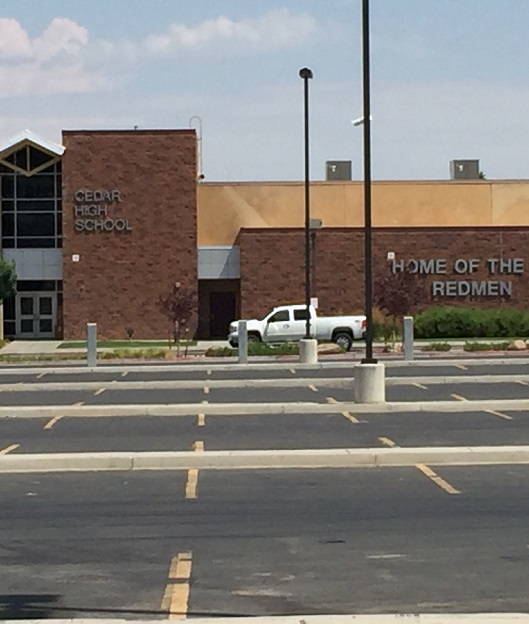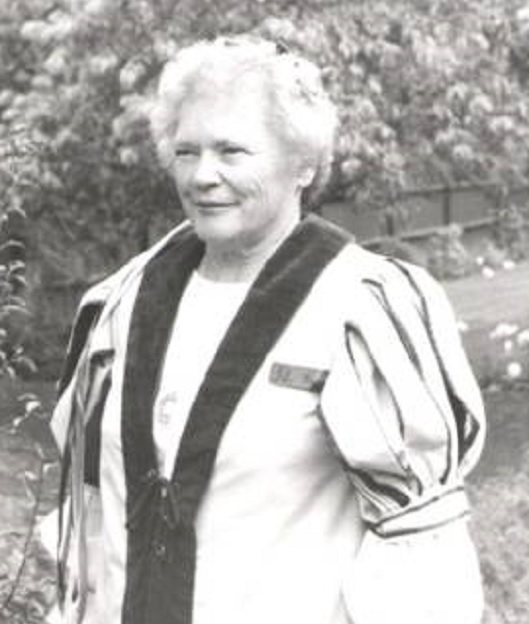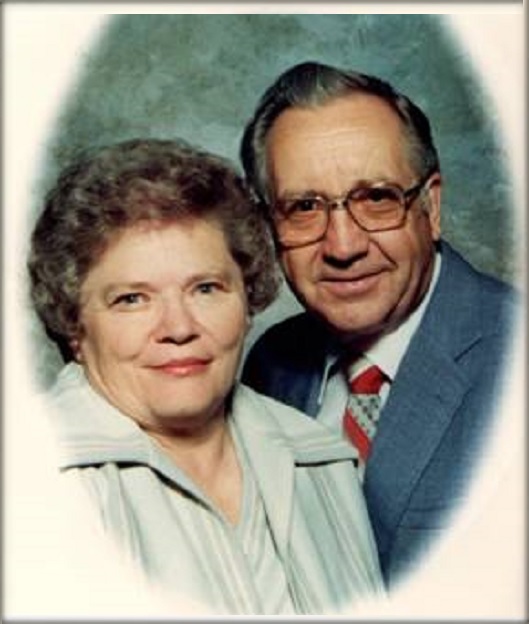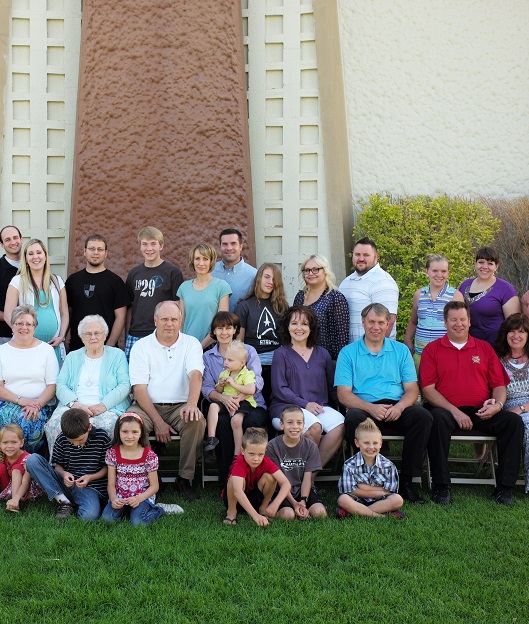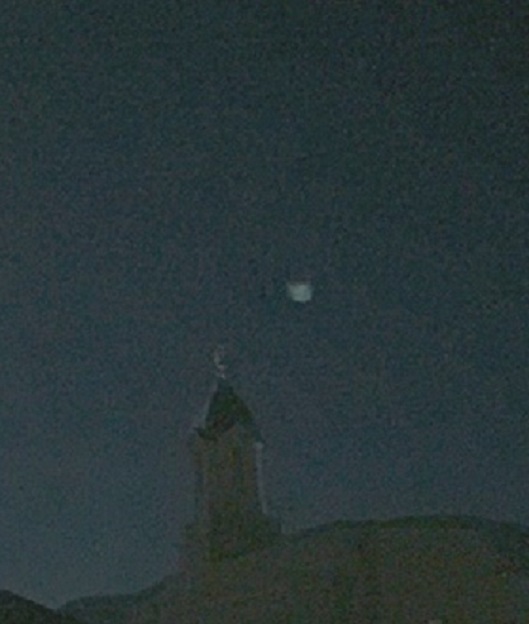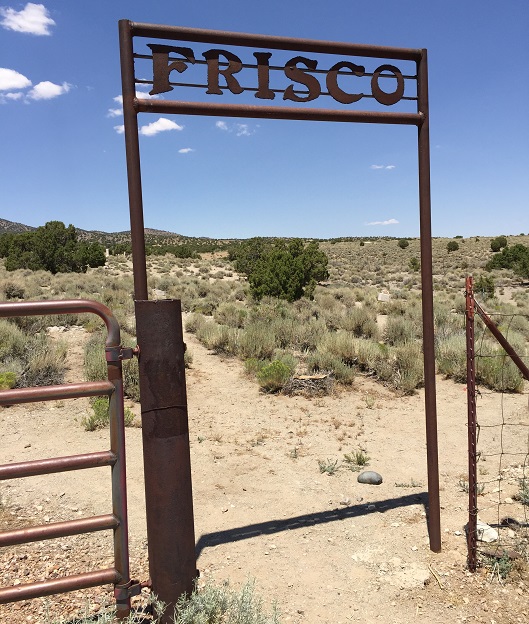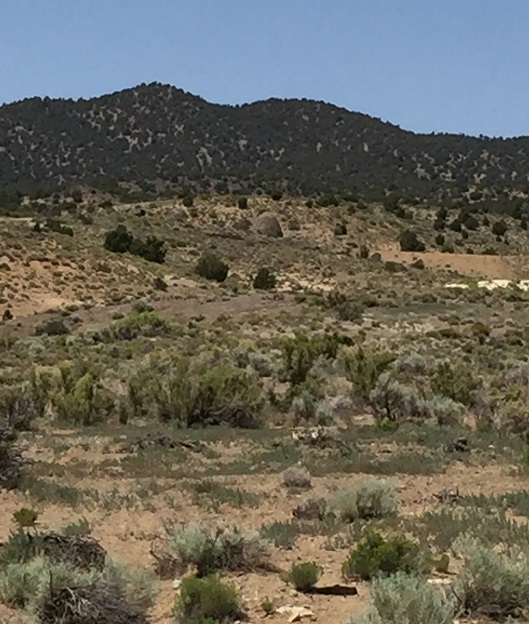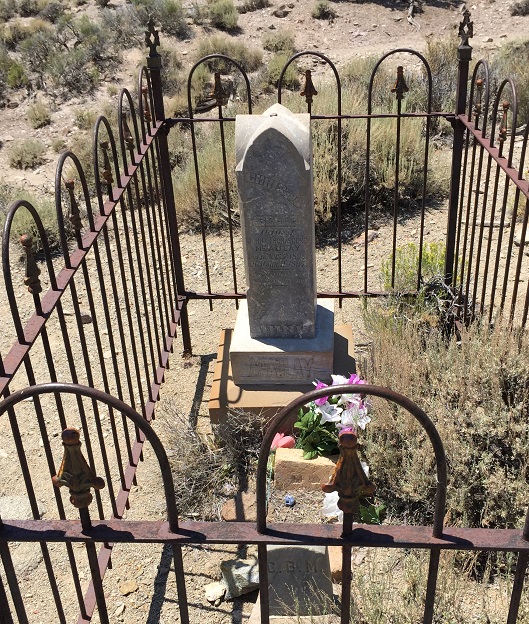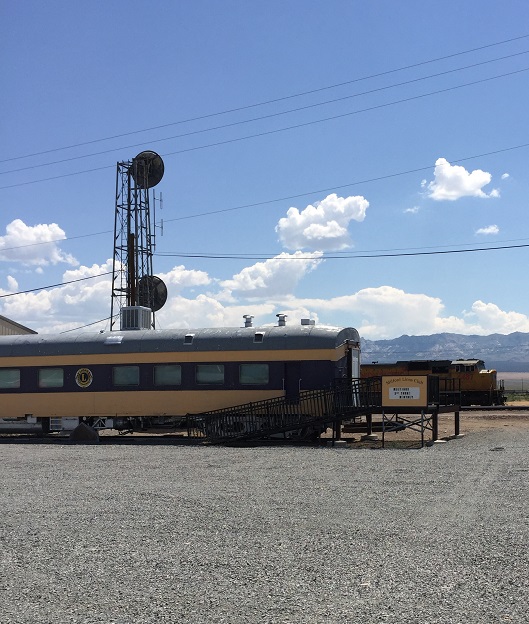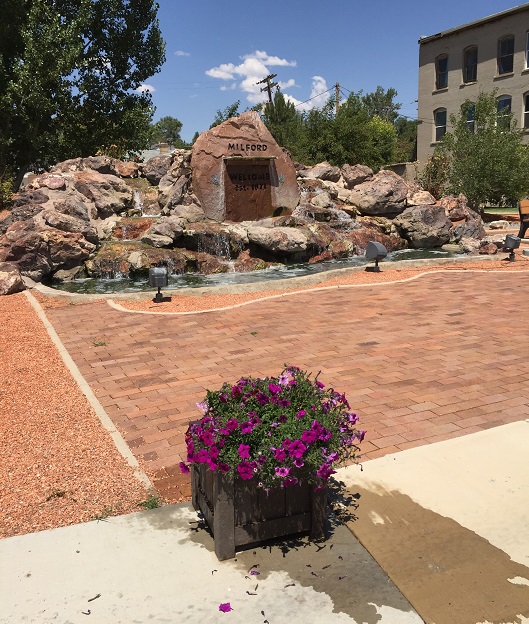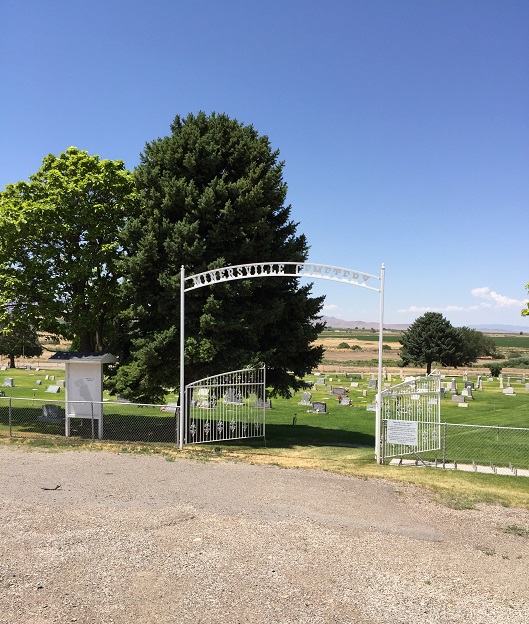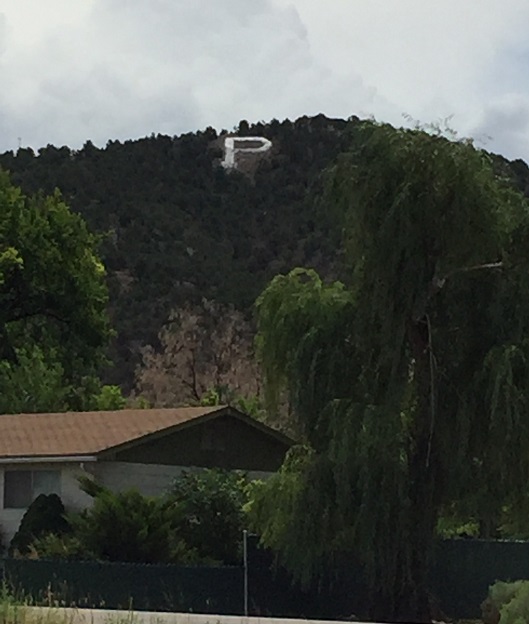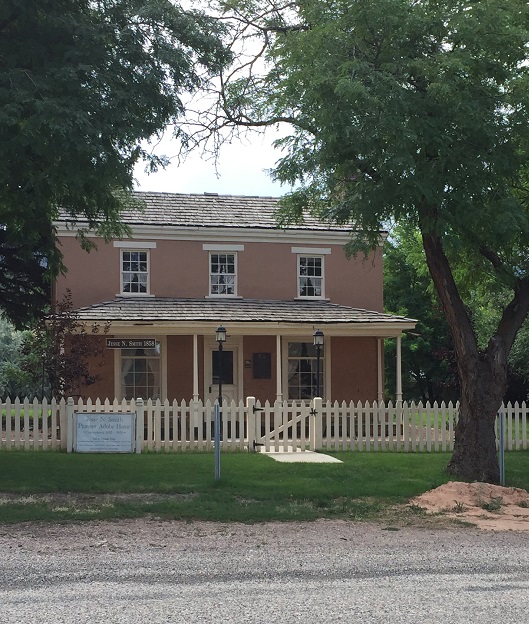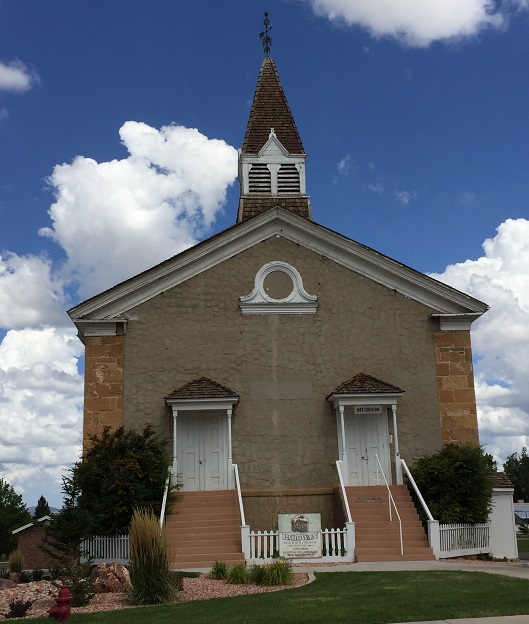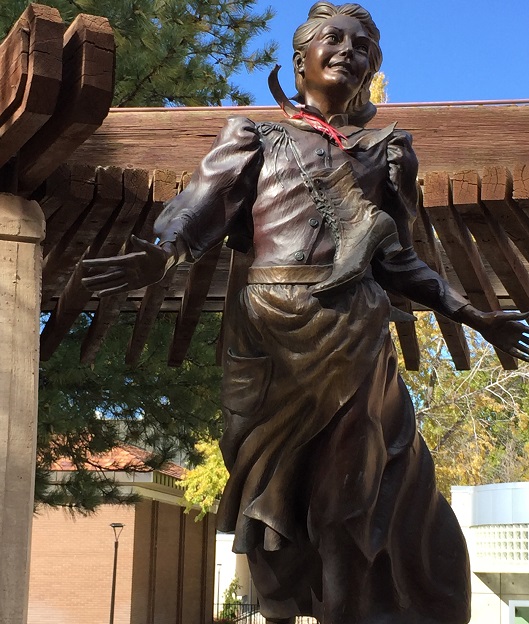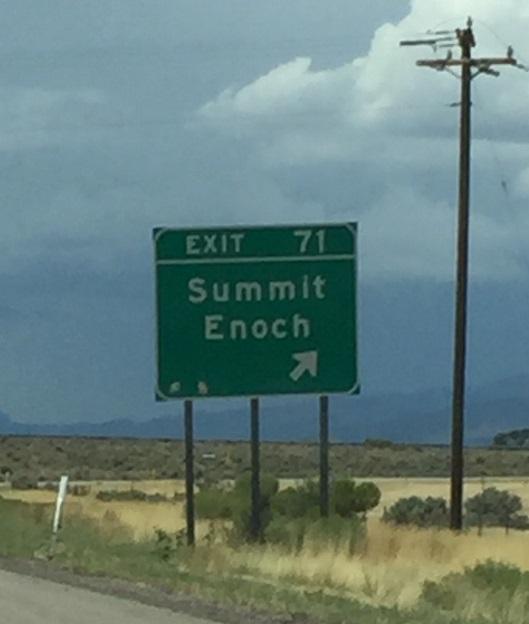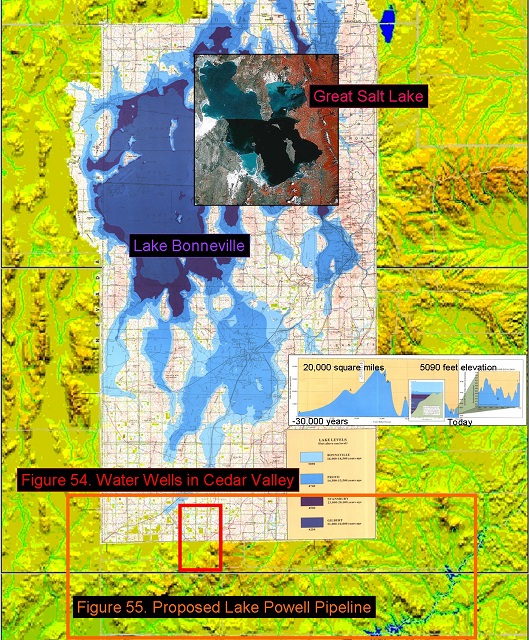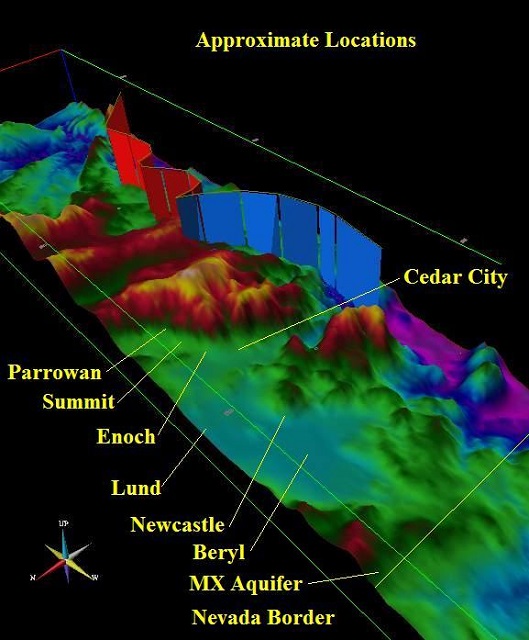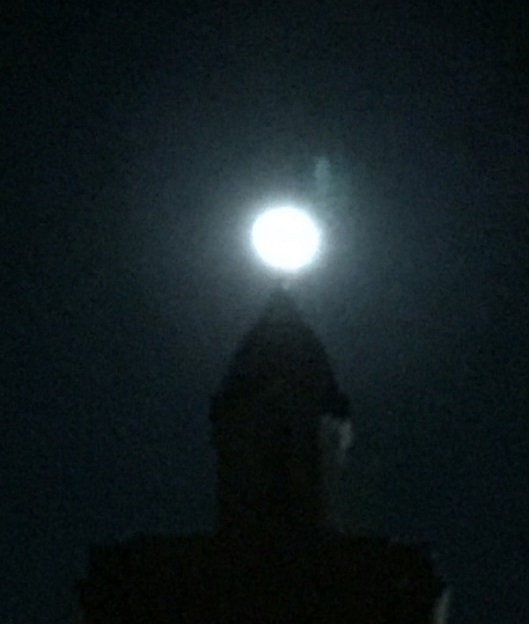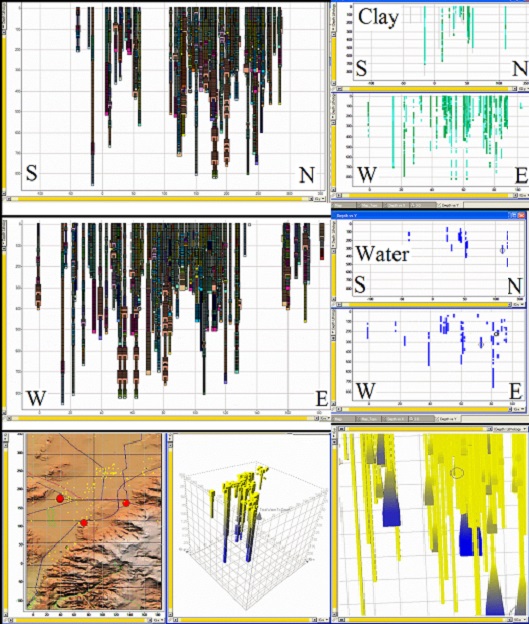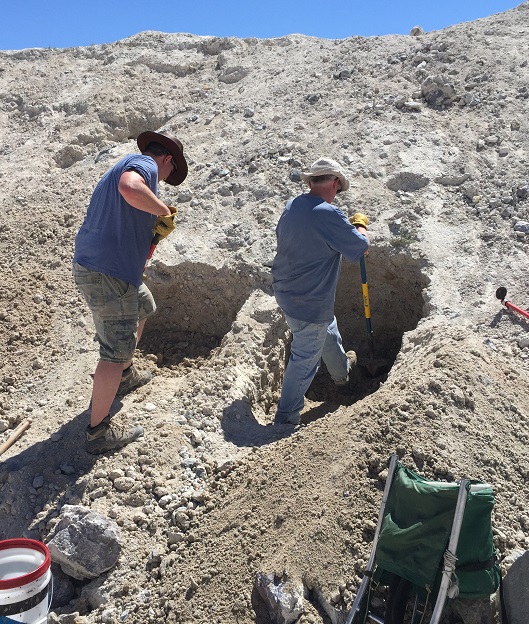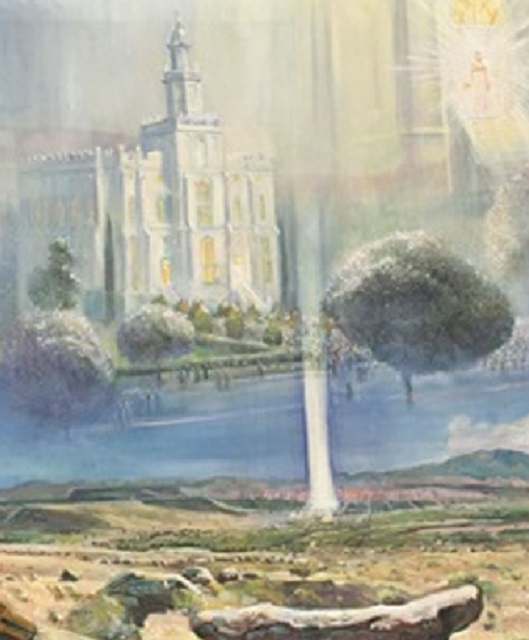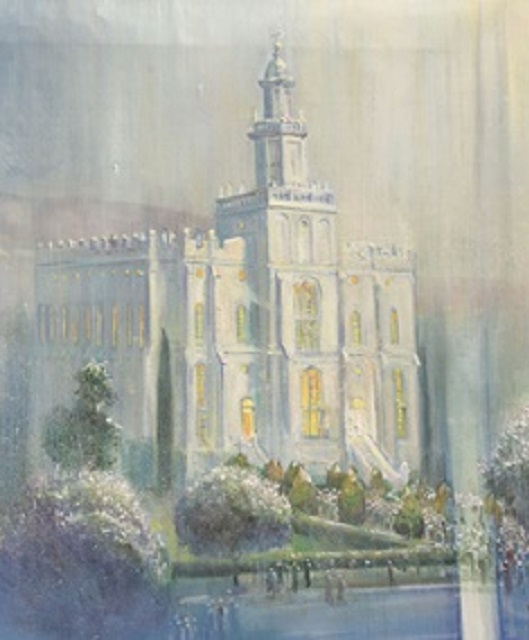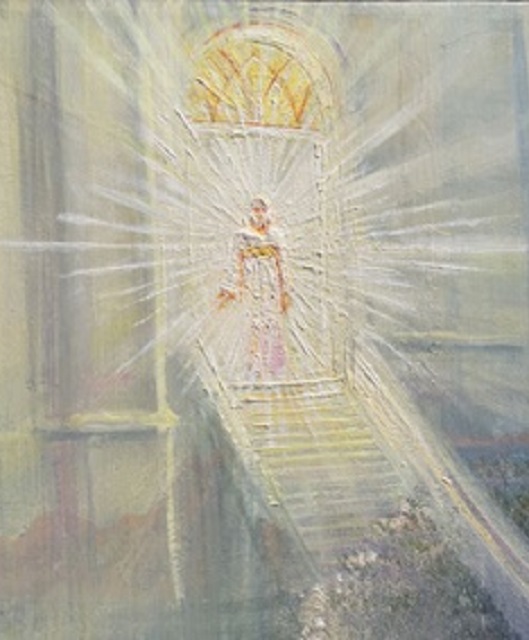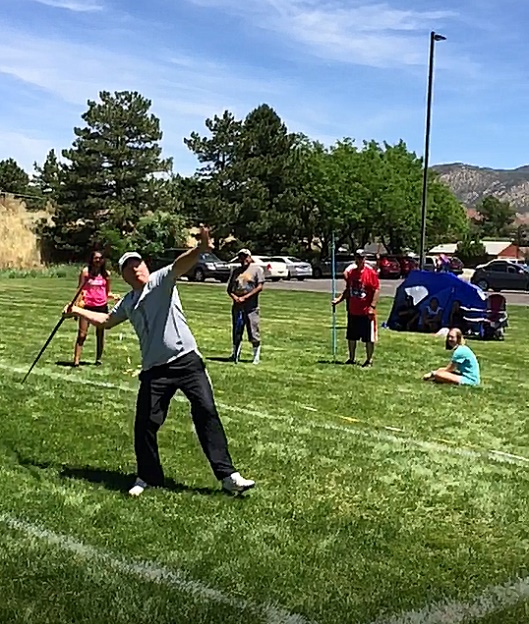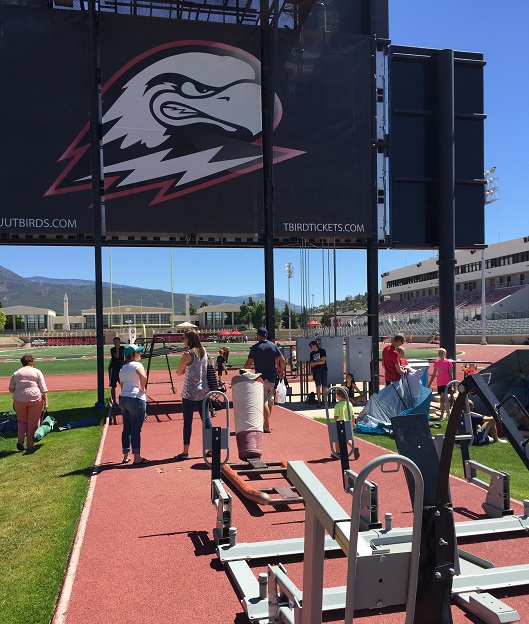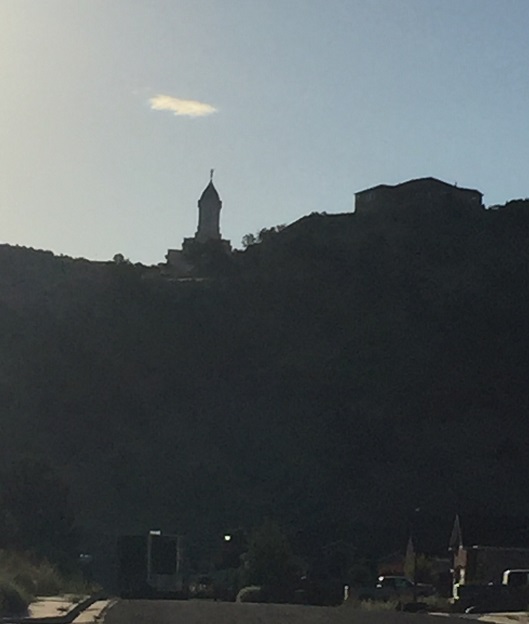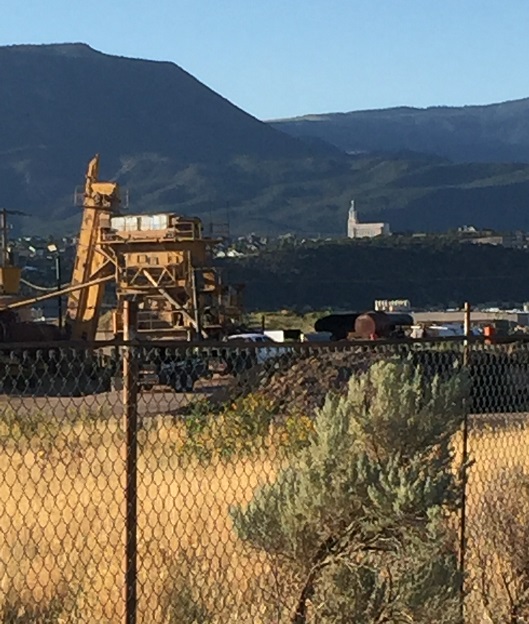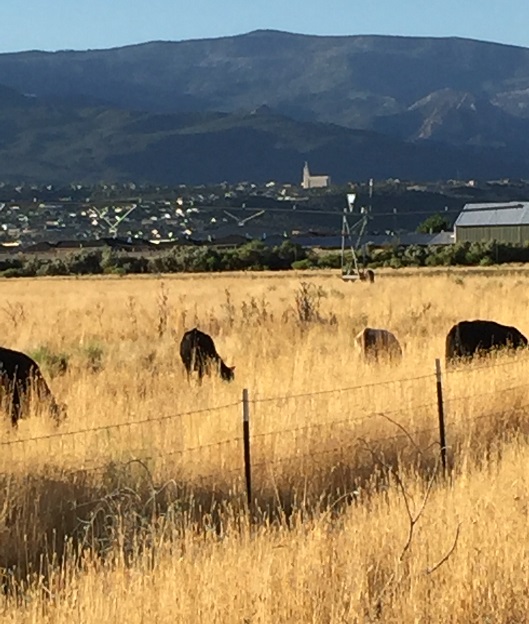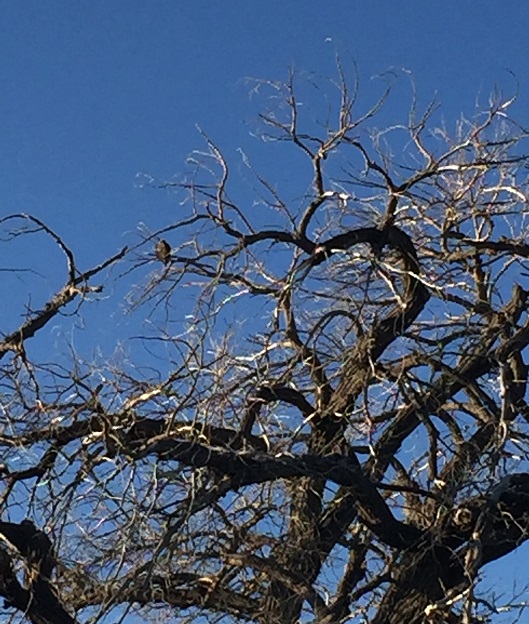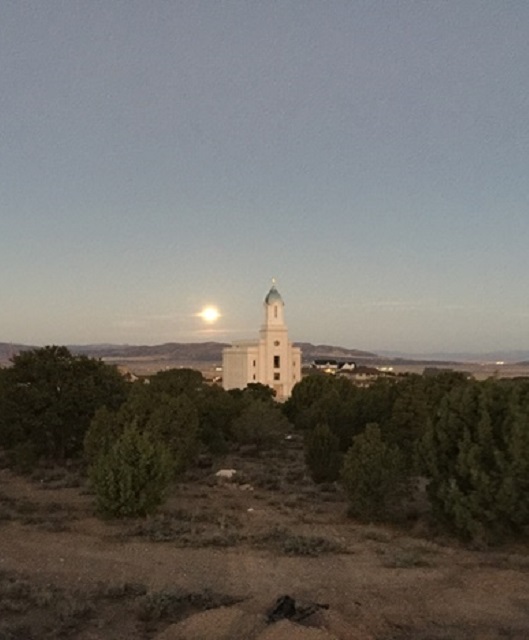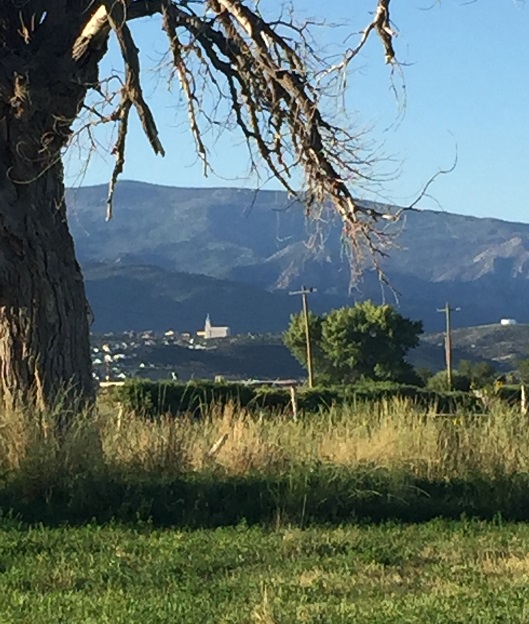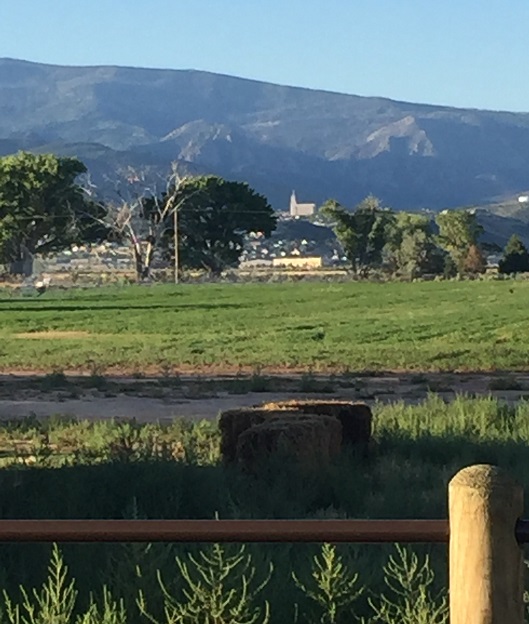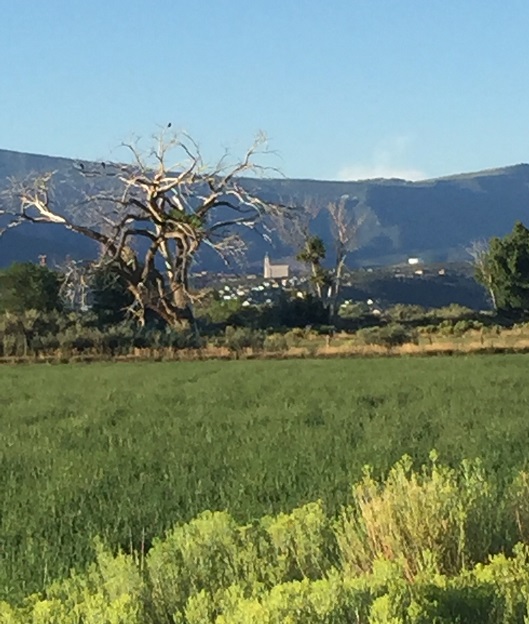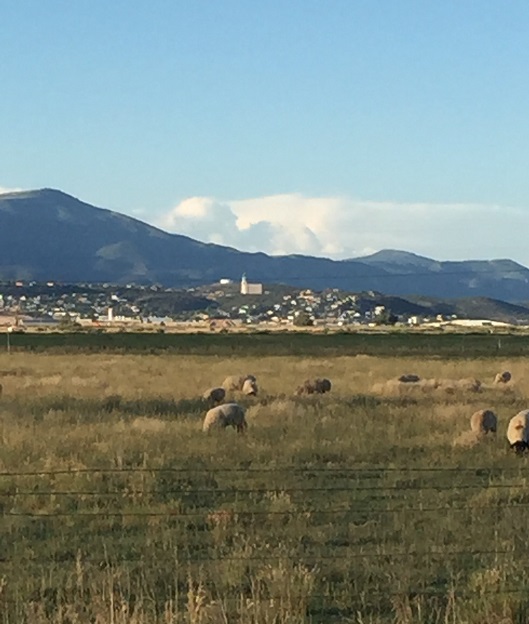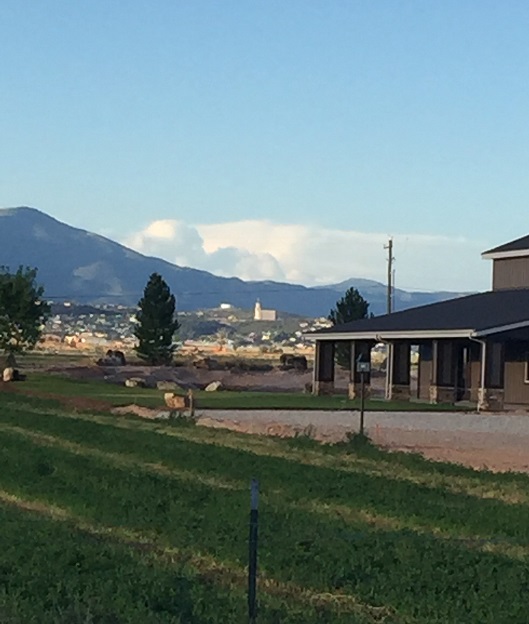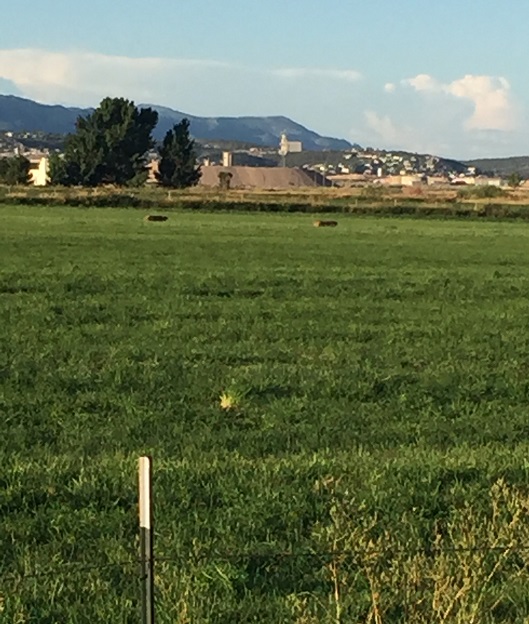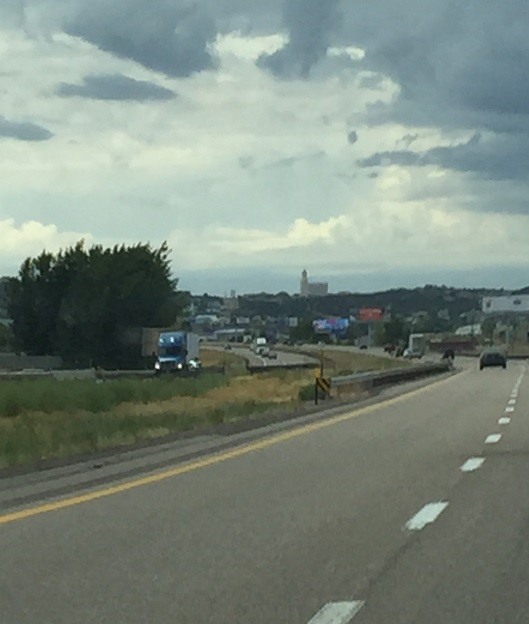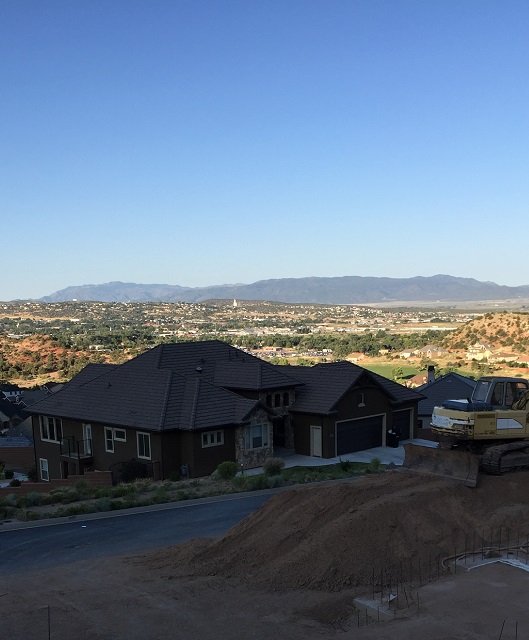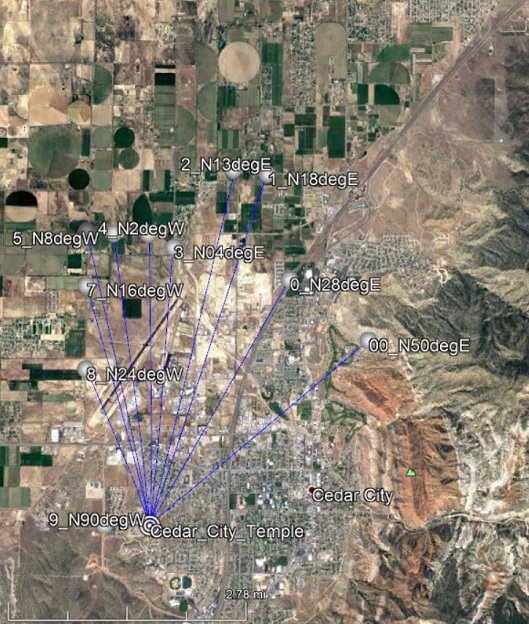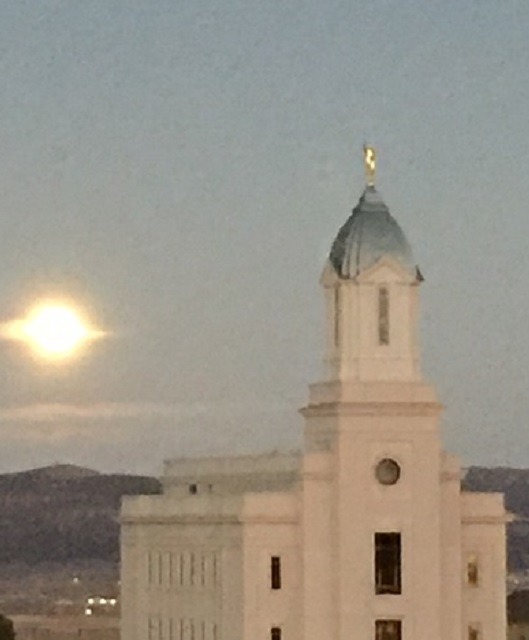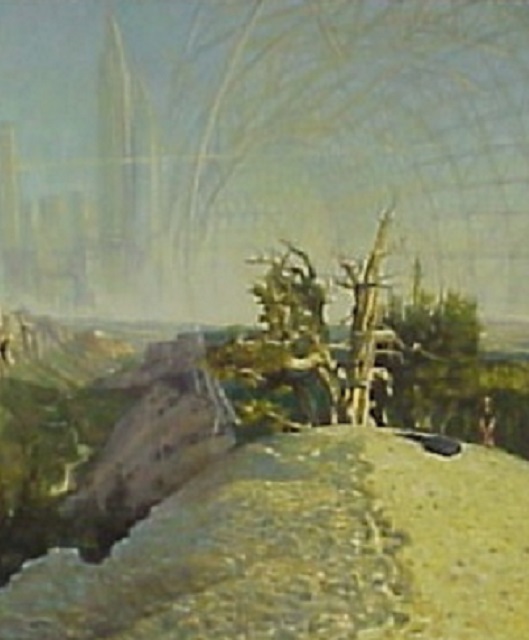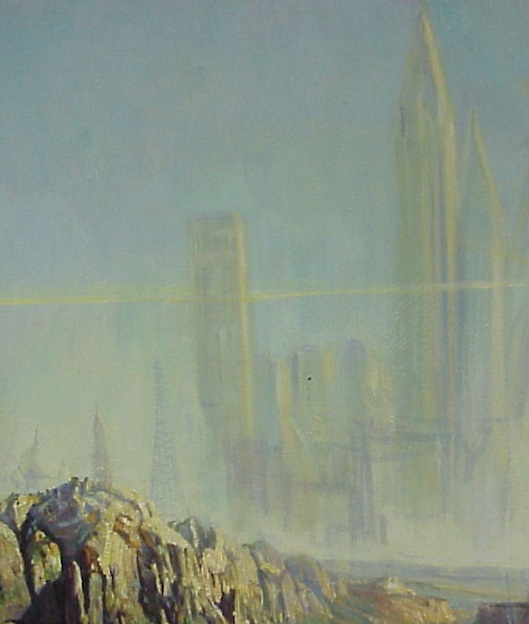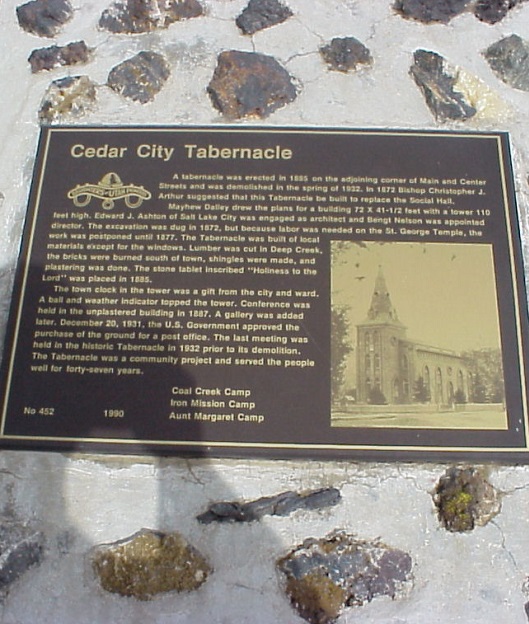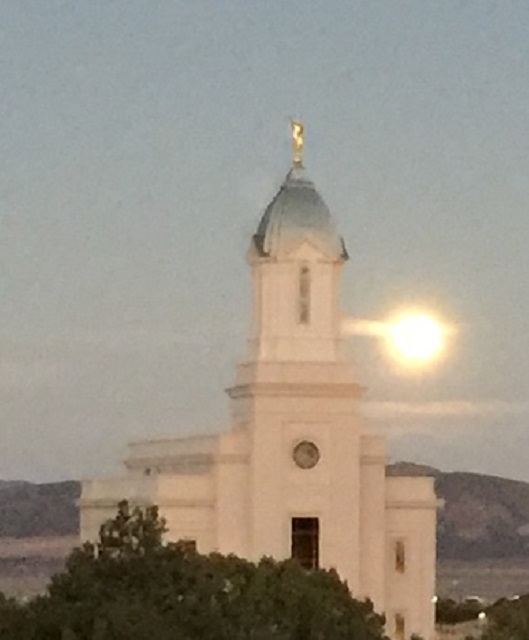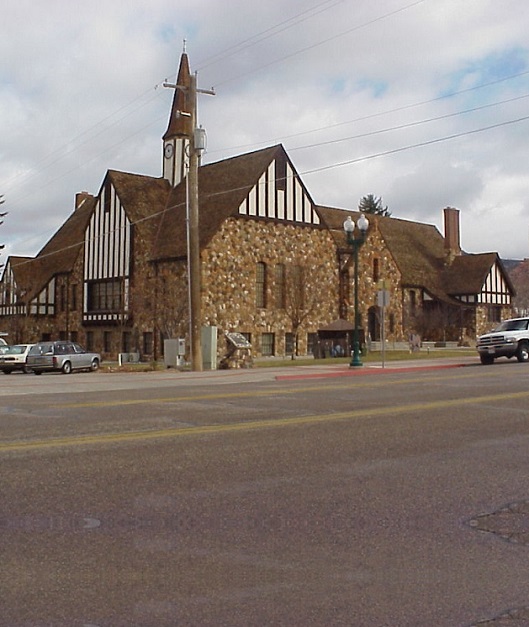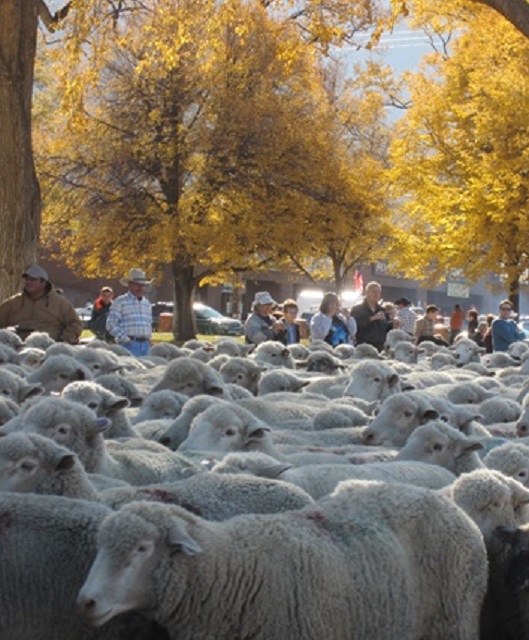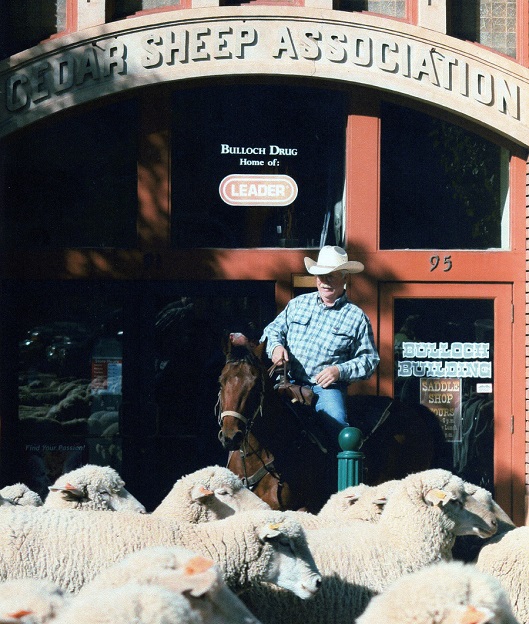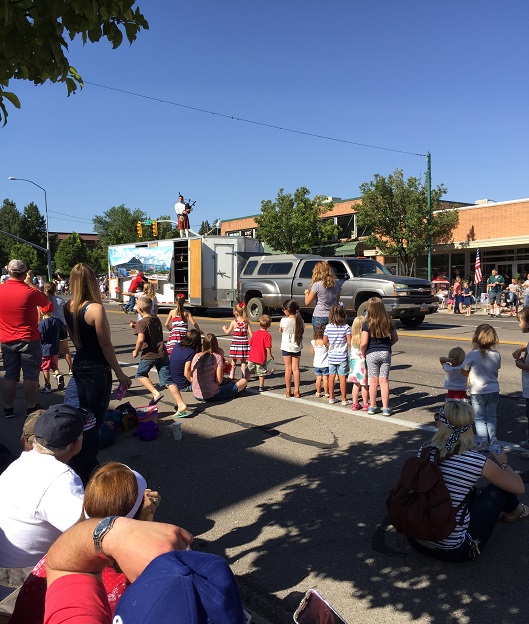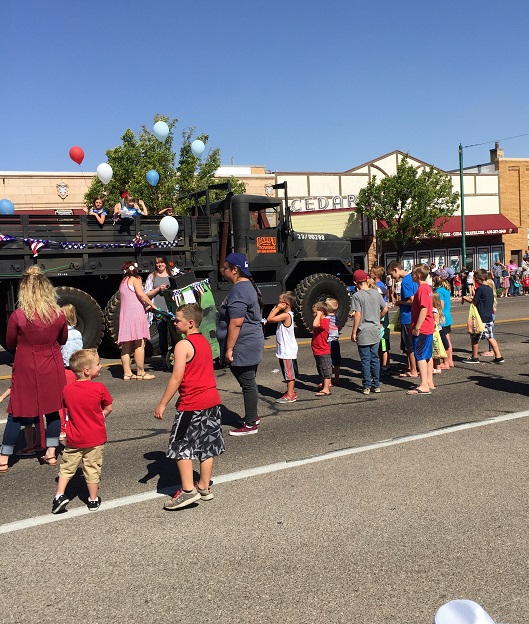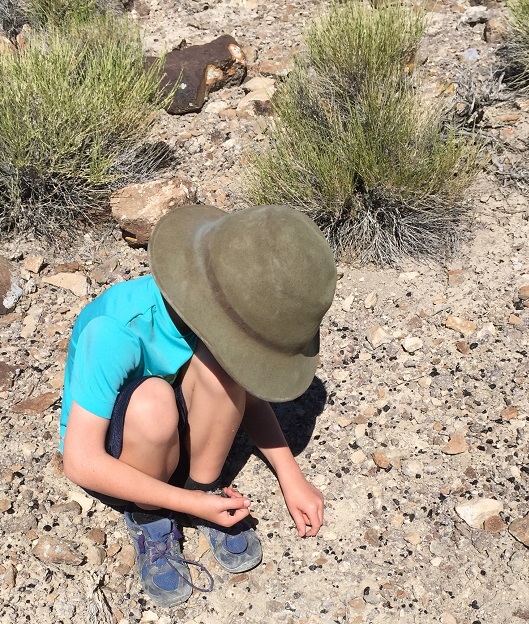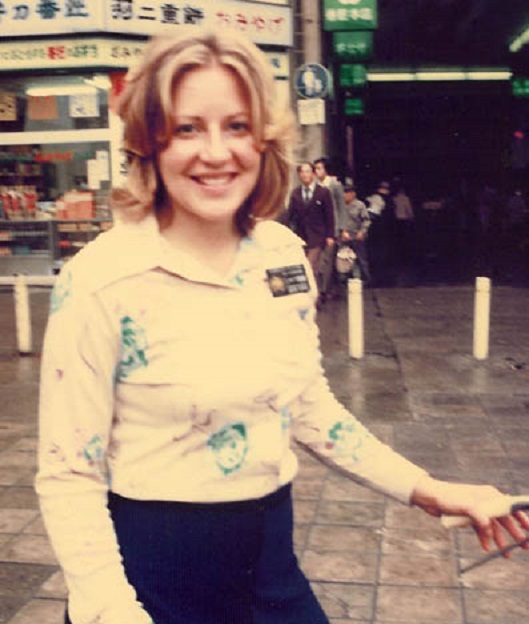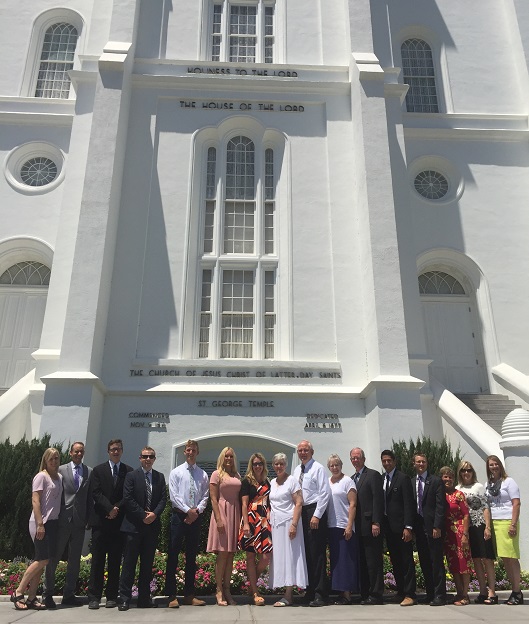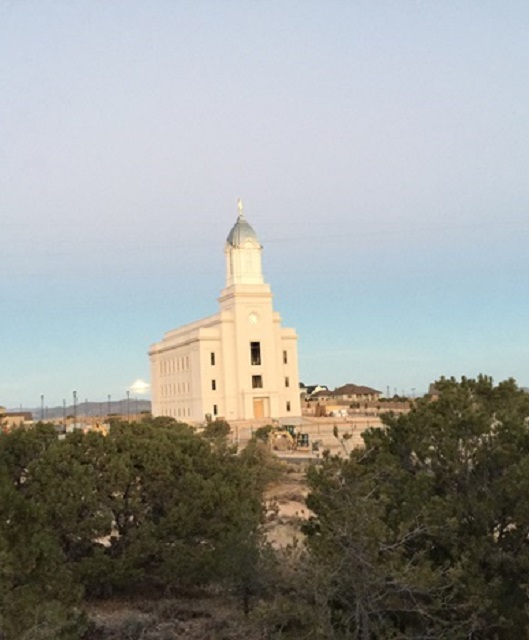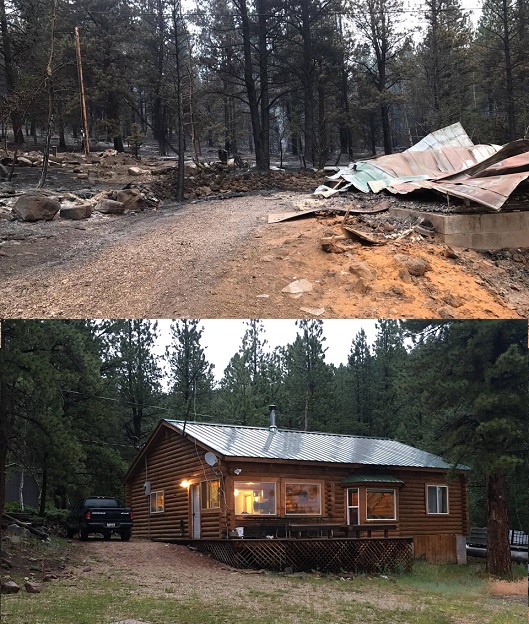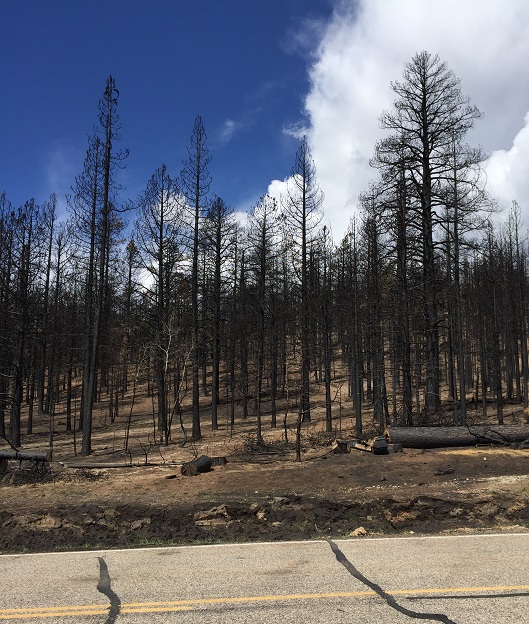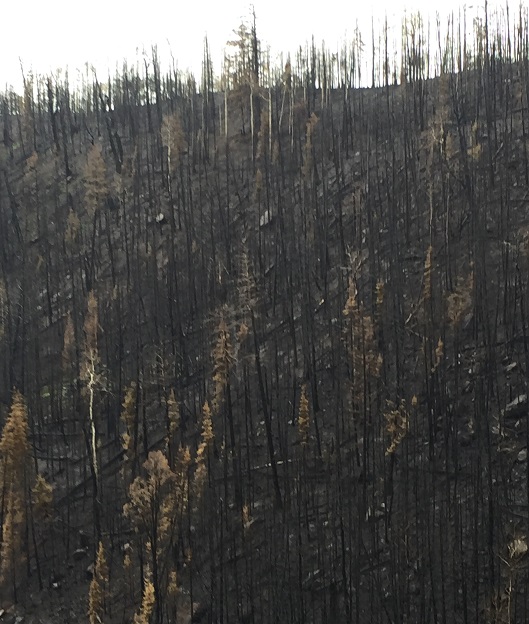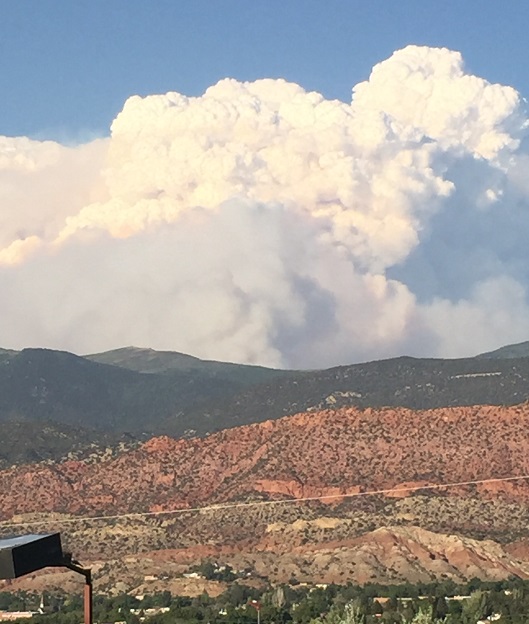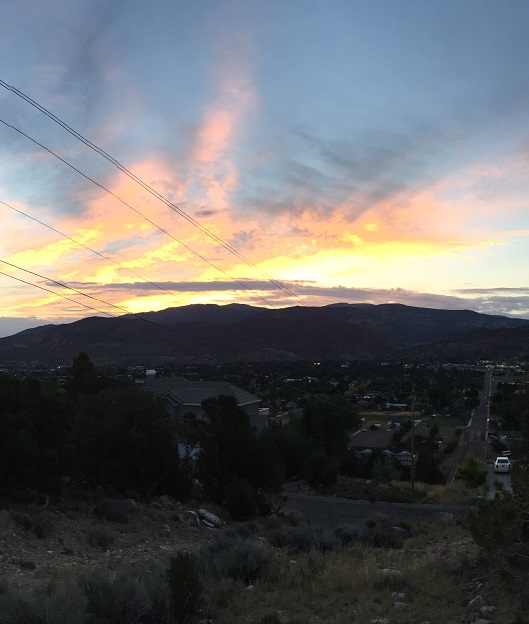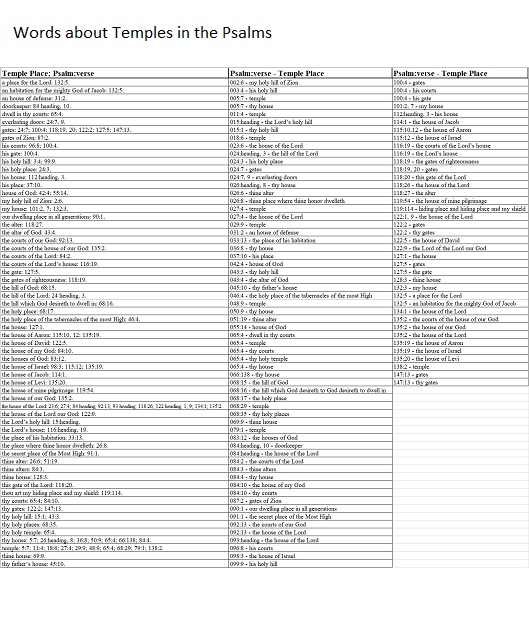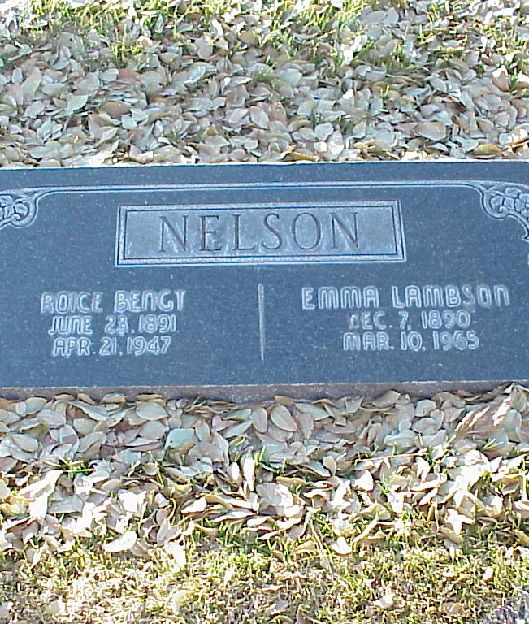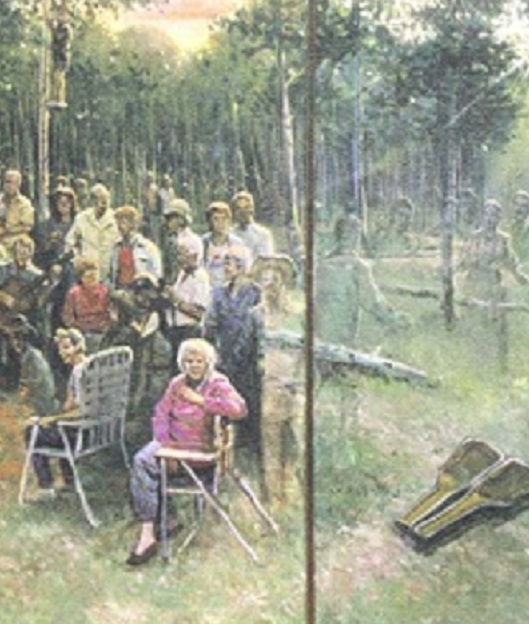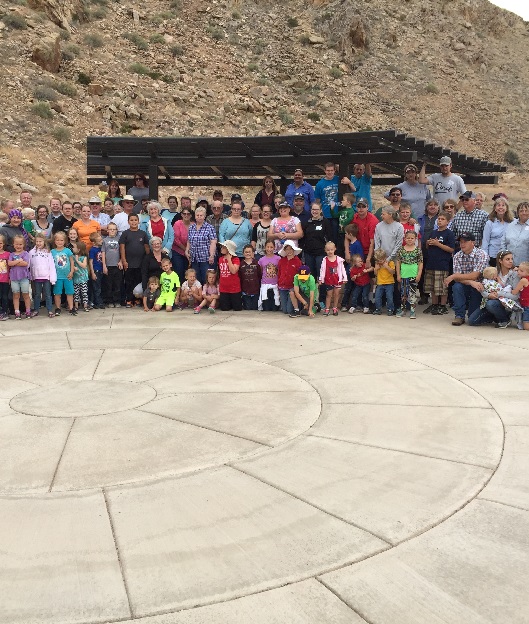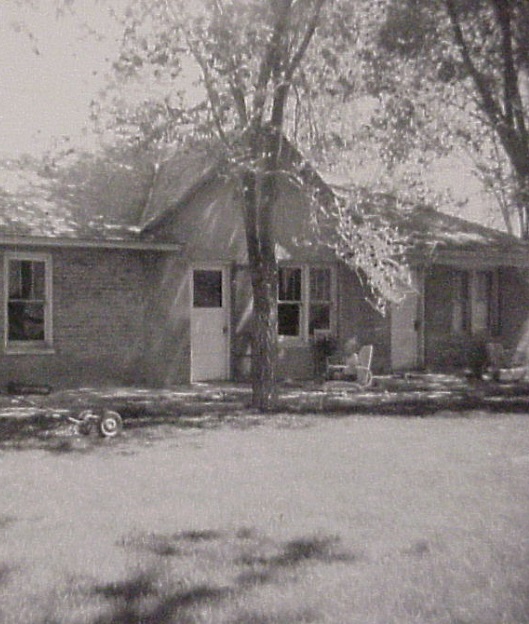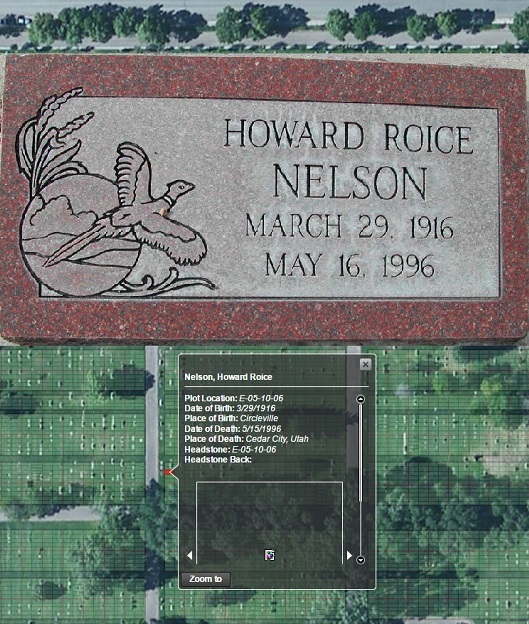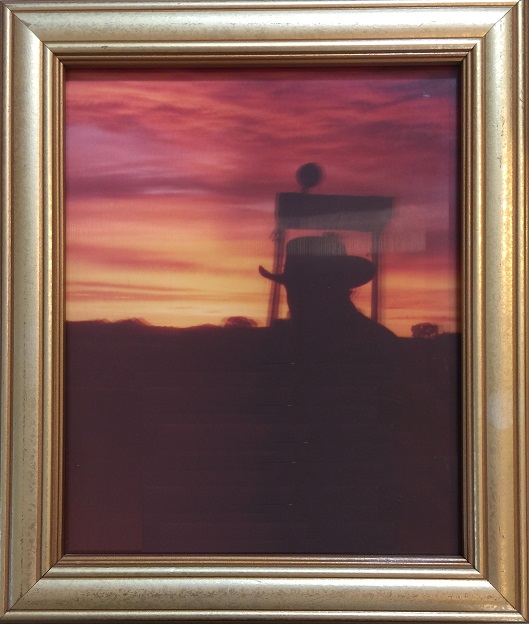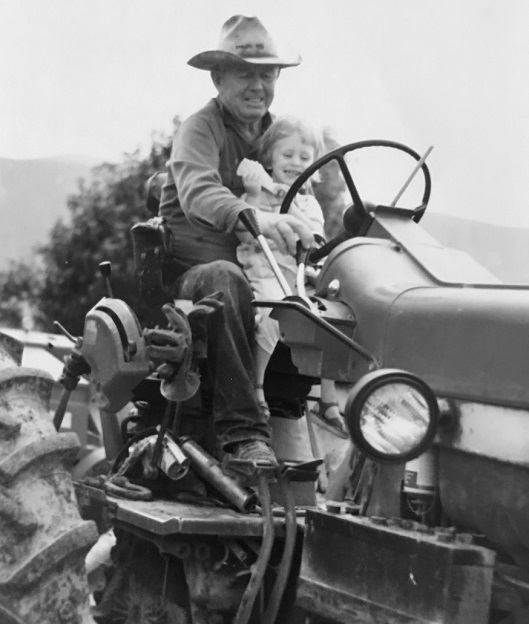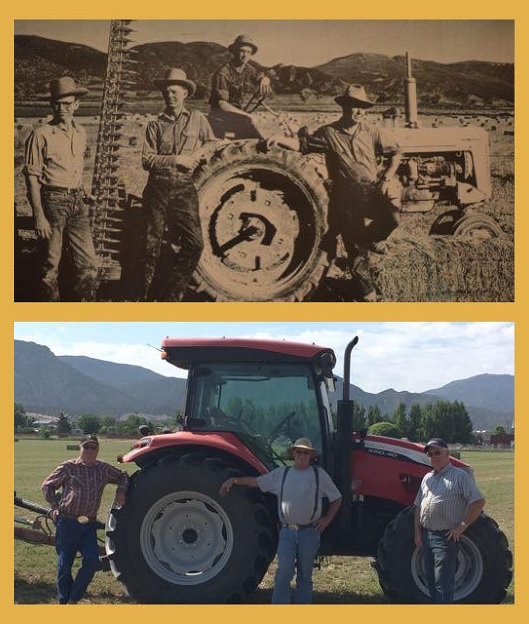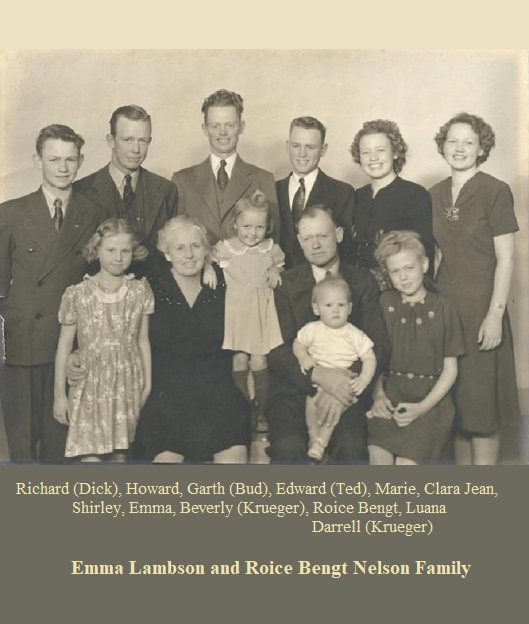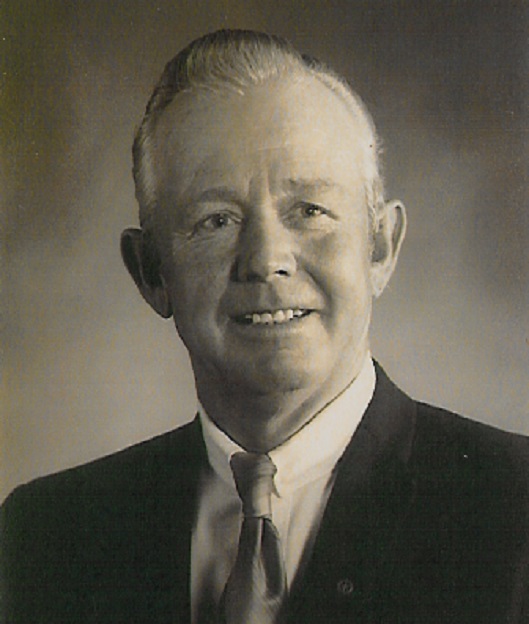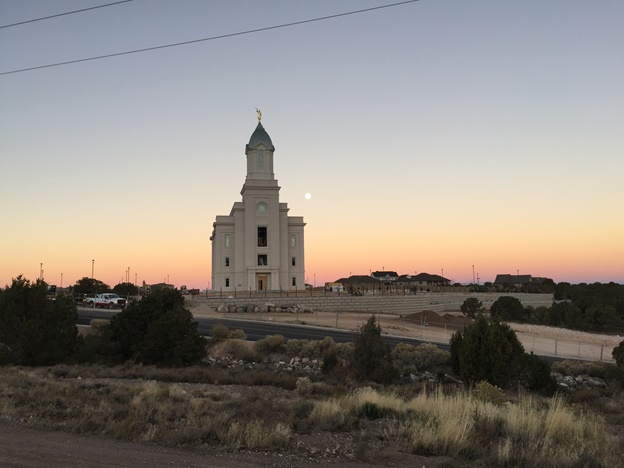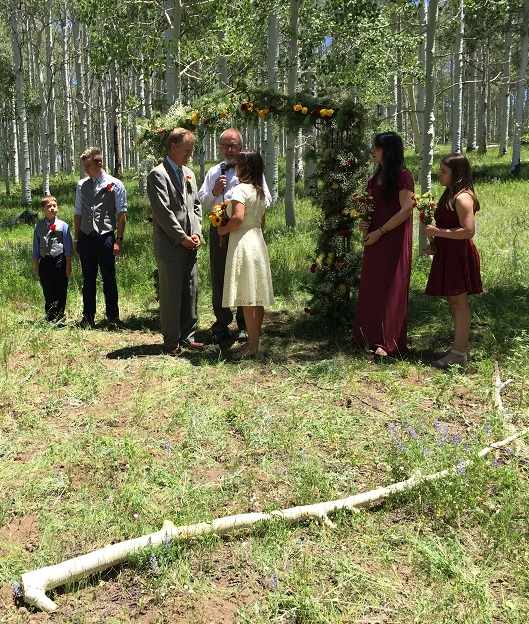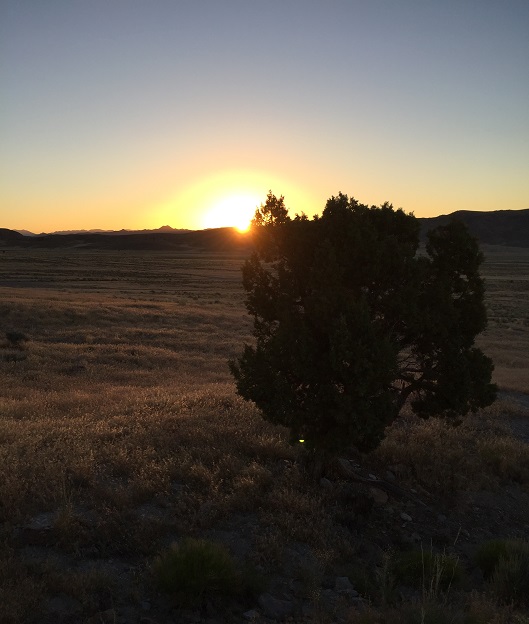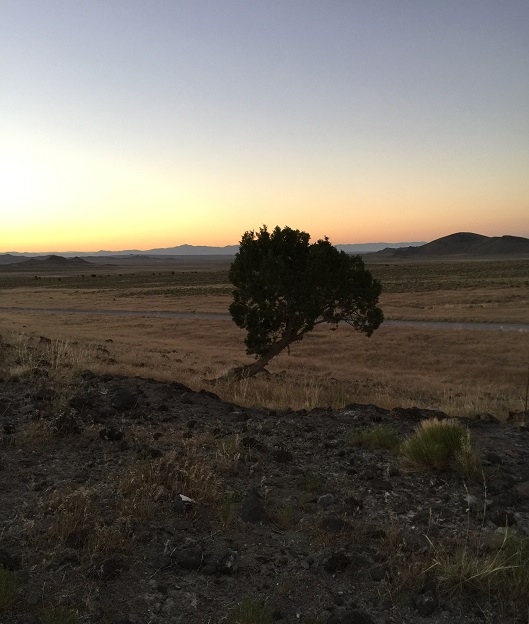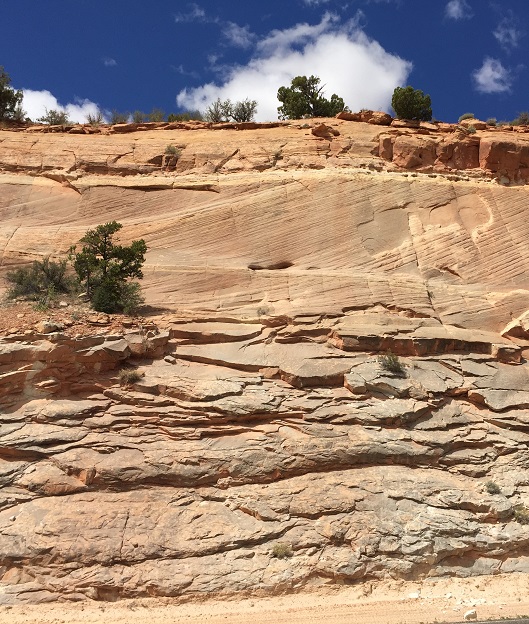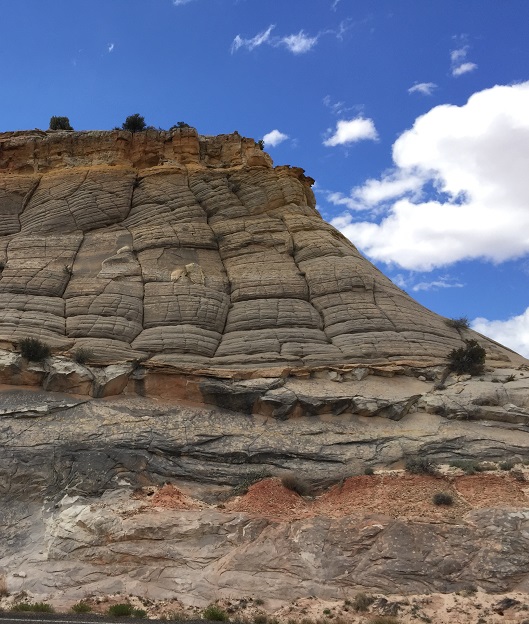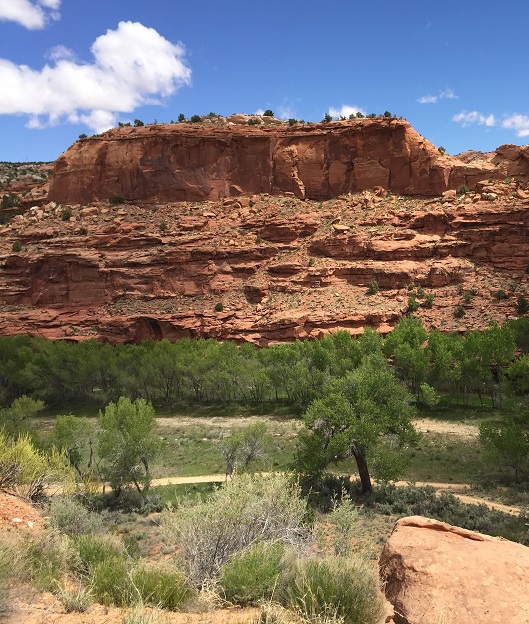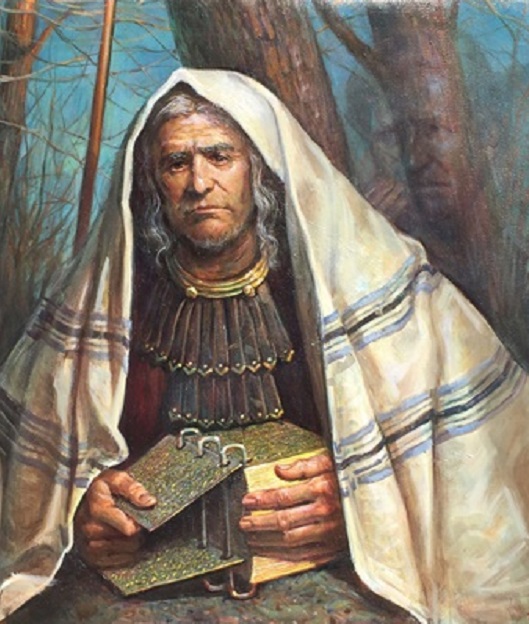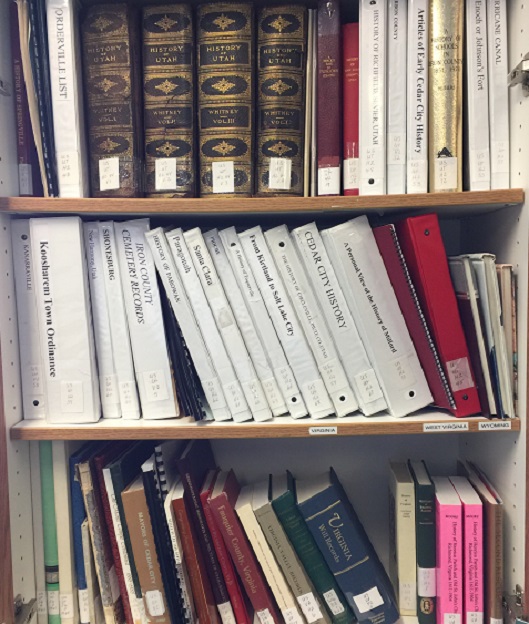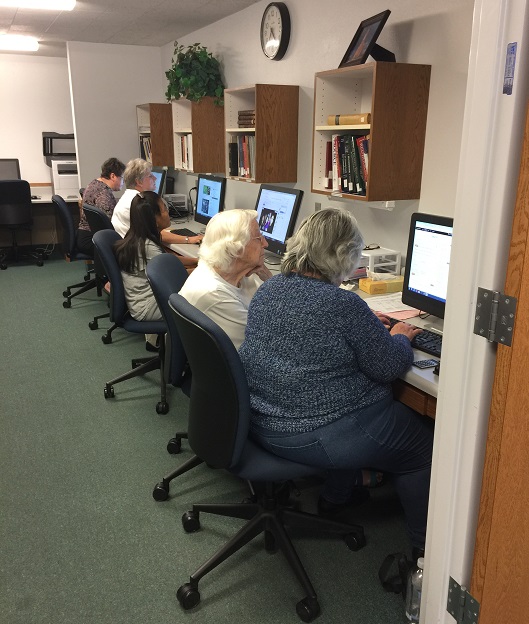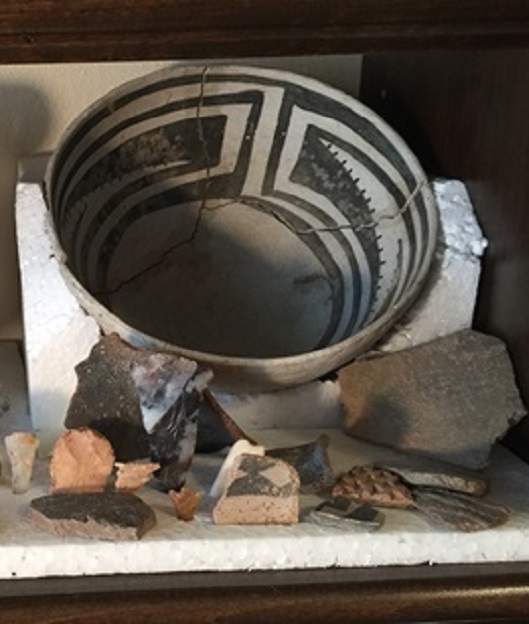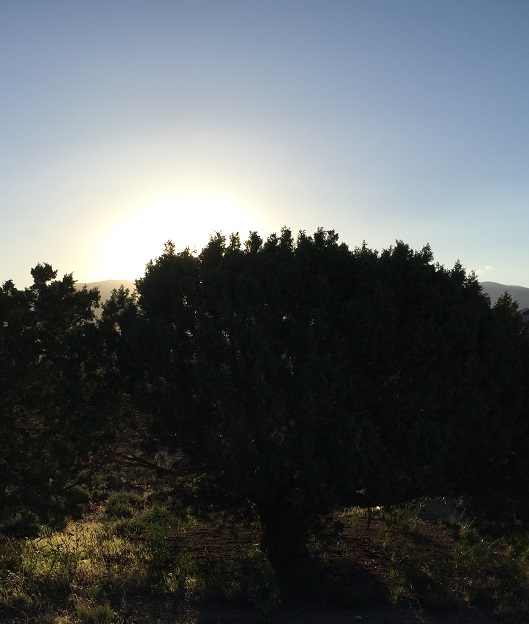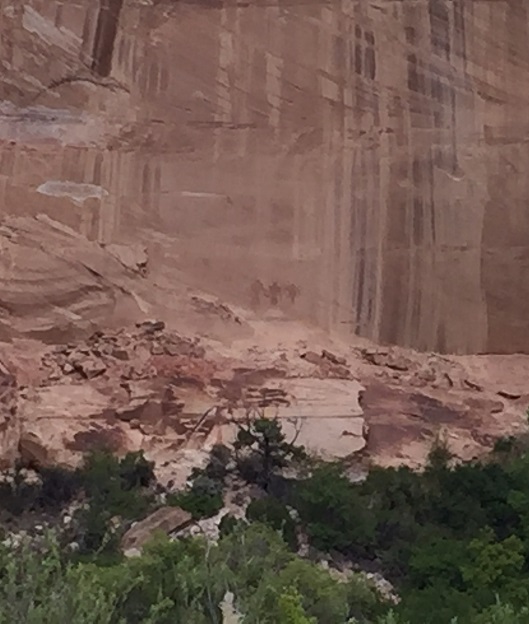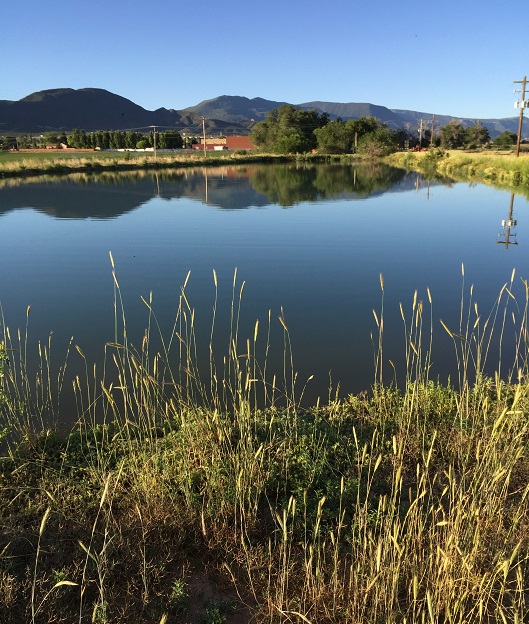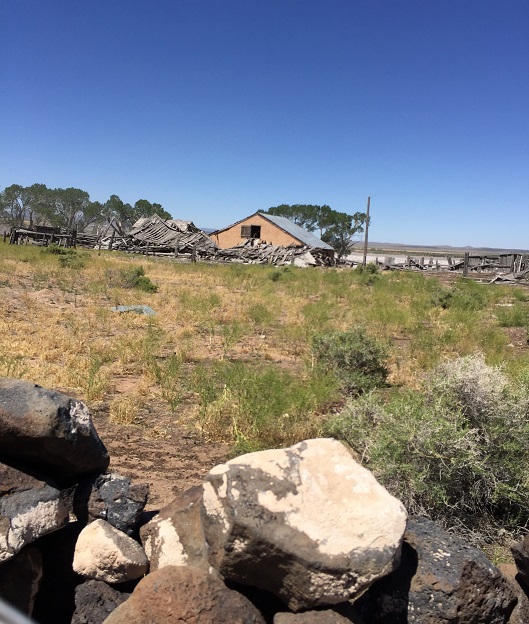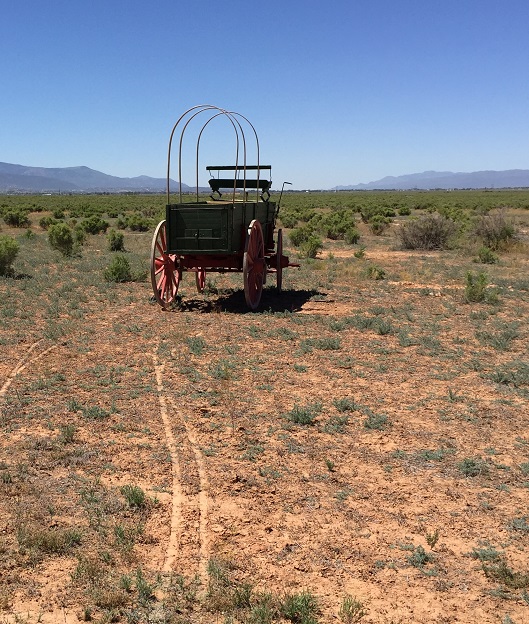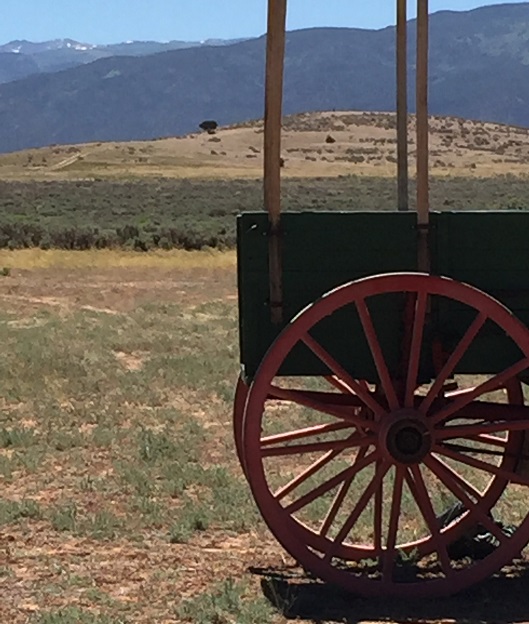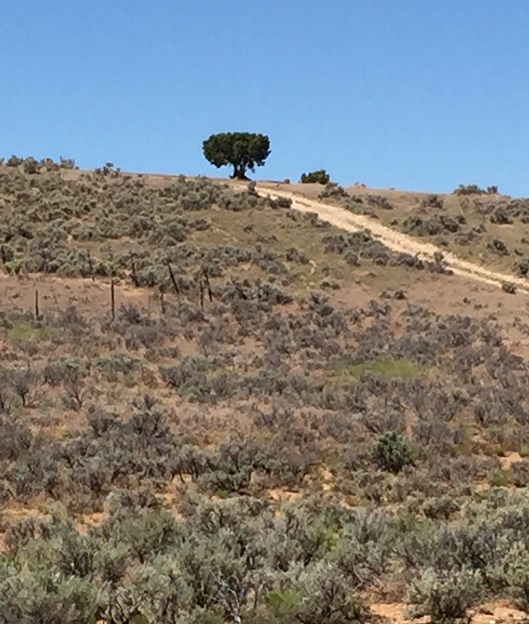Even as the self-defined “first digital man,” it is a big step to share the songs behind the psalms I have been posting since June 9, 2017. Complete documentation requires digitizing the songs, as well as the psalms (and everything else). Thanks to those who listened to, and especially those who came back to listen to additional psalms. It is hard to gauge interest, with only 1 comment tied to the posting of 157 psalms. Thankfully, this comment, as well as a few verbal comments, have been positive. So, the project continues and expands. Song 001 was used as the music for Psalm 26.
The intention of the merged photograph to the left illustrates how posting of these songs makes bare the most personal of thoughts and feelings and emotions. The words of this song illustrate the personal information which will be shared as additional songs are posted. The background and the poses for this composite image are Da Vinci’s 1490 ink drawing, known as the Vitruvian Man. The two merged photographs were taken by my son-in-law, Joshua Waldron.
The 3 lines in the chorus rotate, with the bottom line summarizing the next verse. This song is a prayer. It starts by asking to be able to continue to run through life, despite being mostly a bag of salty water and fat. I want to be a good father, which I consider my essence. Yet, as the children have left the quiver, the distances seem to grow. This song was written about 8 years after the first threats of divorce. I travelled too much, was too critical when I was home, and did not understand what was happening to my marriage. Those were hard years. I continue to make it through trials, thanks to prayer, and my testimony of the restoration of the gospel of Jesus Christ. Life is wonderful and complex, and my scientific nature is always searching for truth. I truly enjoy taking basic principles and turning them into new businesses. I have taken the opportunity to start some 22 companies or research organizations so far in my career. The Allied Geophysical Laboratories (AGL) at The University of Houston (UH), Landmark Graphics Corporation (now Halliburton Landmark), and Dynamic Measurement Corporation are the most successful on-going operations. The others have each been technical successes, though not financial successes. The song (prayer) ends by asking to again be able to receive inspiration, in order to continue to make a difference and to help others. I have experienced having thoughts planted in my head from a source outside of myself many times in my life. I have experienced having thoughts planted in my head from a source outside of myself many times in my life. As a scientist, this repetitive process demonstrates to me how thoughts come from God, trailing clouds of glory. Many of these songs were answers found through meditation and prayer.
It also seems appropriate at the onset of this part of the digitization project to explain the claim of being “the first digital man.” I grew up on a farm, on the back end of shovel on the star ship enterprise. I remember when we got our first television set. I remember first seeing Bonanza in color on Grandpa and Grandma Hafen’s new television set. I remember Sputnik. My friends and I made and experimented with rockets as a result. We used slide rules in High School. When I went to the University of Utah in 1968 I was introduced to computers in the form of a Texas Instrument calculator and a UNIVAC computer. In 1970 at Pan American I calculated seismic array response curves by submitting the parameters to the Tulsa Research Lab’s computer via teletype. On my 1970-1972 mission for the LDS Church in England I designed, at least in my mind, what we now call a tablet, for keeping track of contacts from tracting and street meetings. My 1974 Senior Thesis at the University of Utah was “A Reflection Seismic Study of the Quaternary Sediments of Yellowstone Lake” and included a printed digital 3-D map. This map was a key factor in the 1982 formation of Landmark Graphics Corporation. Landmark built the first stand-alone 3-D seismic interpretation workstation, which changed the way every oil and gas company in the world explores. Landmark has done over a billion dollars in business every year since their 25th anniversary in 2007. The initial 1983 Landmark marketing material was “New Technologies in Exploration Geophysics,” which I wrote at the house using a modem based remote terminal connected to a DEC (Digital Equipment Corporation) VAX-11/780 at the AGL. In 1978, while getting my M.B.A. in Entrepreneurship at SMU (Southern Methodist University), 3 of us formed Computer Genealogical Services, where we placed a punch card machine in Linda Fletcher’s house, and printed Family Group Sheets and Pedigree Charts using a time-share service out of St. Louis, Missouri at a remote facility in Dallas, Texas. There have been several different ways explored of displaying genealogical data since then, including using “The Brain.” As Elder’s Quorum President in Dallas, I kept track of 15% monthly move-ins and move-outs (180% of the ward per year) on the SMU Cyber-860 using punch cards. At the AGL we set up the Keck Research Computation Lab, and the students did remote seismic processing using a Cray-2 and a CDC-205 vector processor (Control Data Corporation). In 1994 I left Landmark to form HyperMedia Corporation, and commercialize a UNIX, X-Windows, MOTIF, Client-Server, hypertext engine (web browser for geologists with a classification system and linked geological overlays on seismic and geologic cross-sections) which we started prototyping at ULL (University of Louisiana at Lafayette) and at Landmark in 1988. Note Mosaic, the forerunner to NetScape, was first delivered in 1993. I wrote and posted a daily Lovelet from 29 Feb 1995 to 12 Jun 1997. I wrote weekly Thoughtlets to my kids (think the first blog) starting the 38th week of 1996. In 1996 we also tested the idea of Virtual Seminars. On 01 March 1997 I self-published “Prime Words,” and I regularly add to these four line Stanzas. In 1999 several of us started Continuum Resources International Corporation. We built the first commercial 3-D visualization centers, and were doing real-time collaboration with a 250 gigabyte 3-D seismic survey in Perth, Australia (CURTIN University) and London, England (Imperial College) and our office in Houston by replicating the data and sending state changes across ISDN. I prototyped an on-line outcrop, log, and seismic geologic analog atlas in 2001. At v-Patch (the Virtual Oil Patch) we did web-based project management for Apache Corporation in 2002. From 2002-2007 I put “An Open Mind” on-line, as the beginning of a series of books on science and religion. In 2007 I summarized 35+ years of thinking about a new type of urban environment in a proposal titled “Galveston Futures.” From 2015-2016 I put “Stand Back Up” on-line, as a personal history written for my kids and grandkids. Since 2016 I have built and have been expanding Excel versions of The Book of Mormon. There are about 147 boxes of history in our garage and about 57 journals in my office backing up this paragraph. The goal is to digitize and catalog spatially, temporally, by process, and data type all of this data and information and knowledge and hopefully even some wisdom before I die. SUU (Southern Utah University) Special Collections has agreed, in principle, to be the repository for this digital legacy.
A goal is for this site to be interactive, for others to record their versions of the Psalms, or provide images or videos which explain a Psalm better. E-mail images, audio, or video to submit@psalmscountdown.net. By making a submission you agree to release copyright and to allow W3D to publish your submission, acknowledging posting of your submission is entirely up to W3D.
